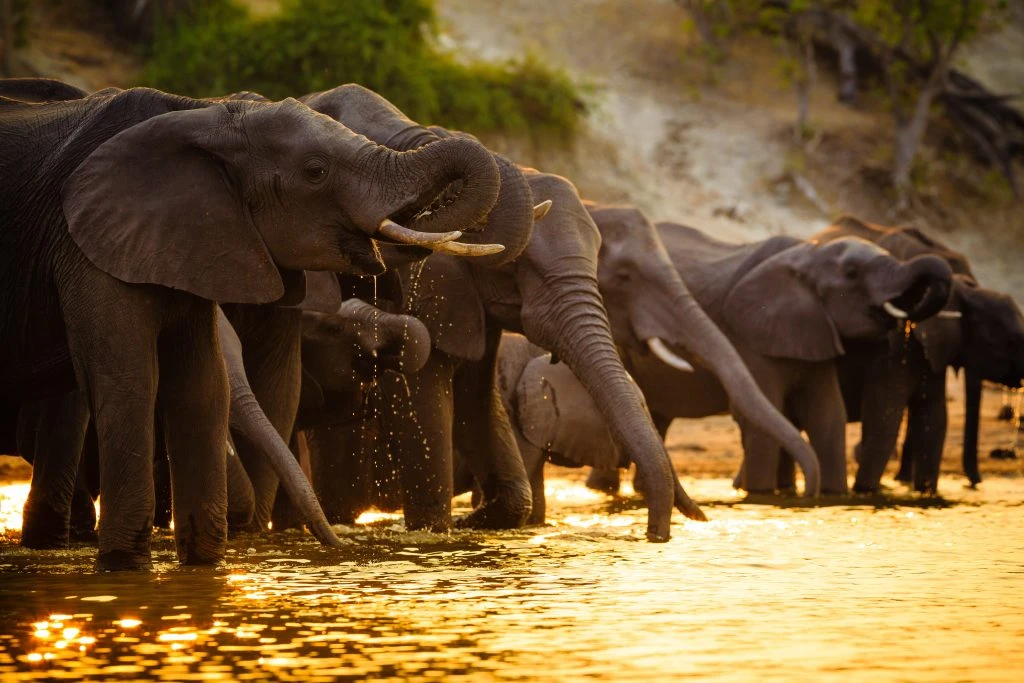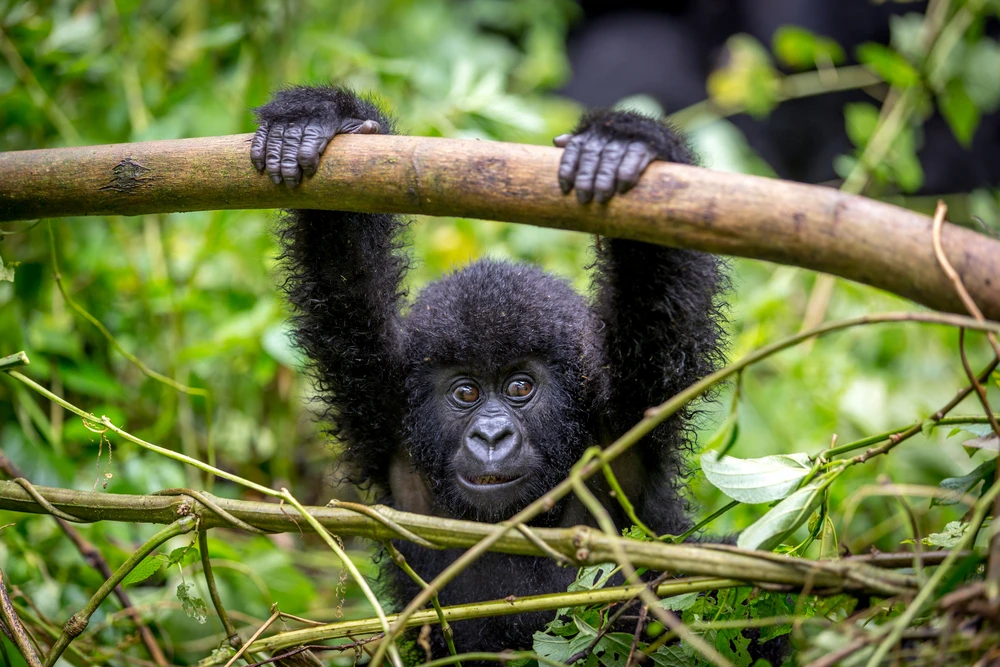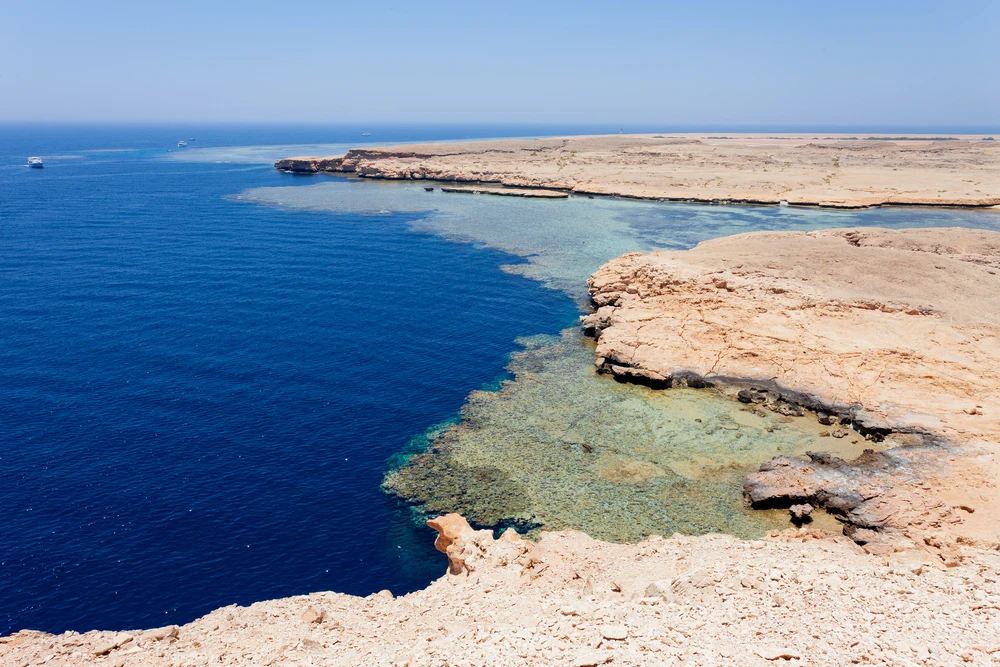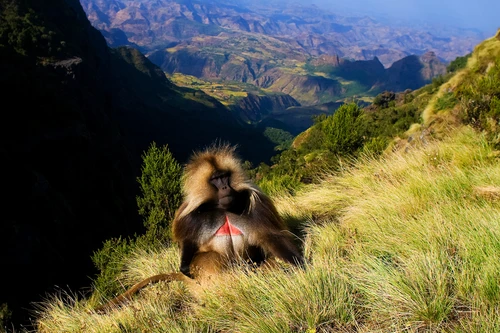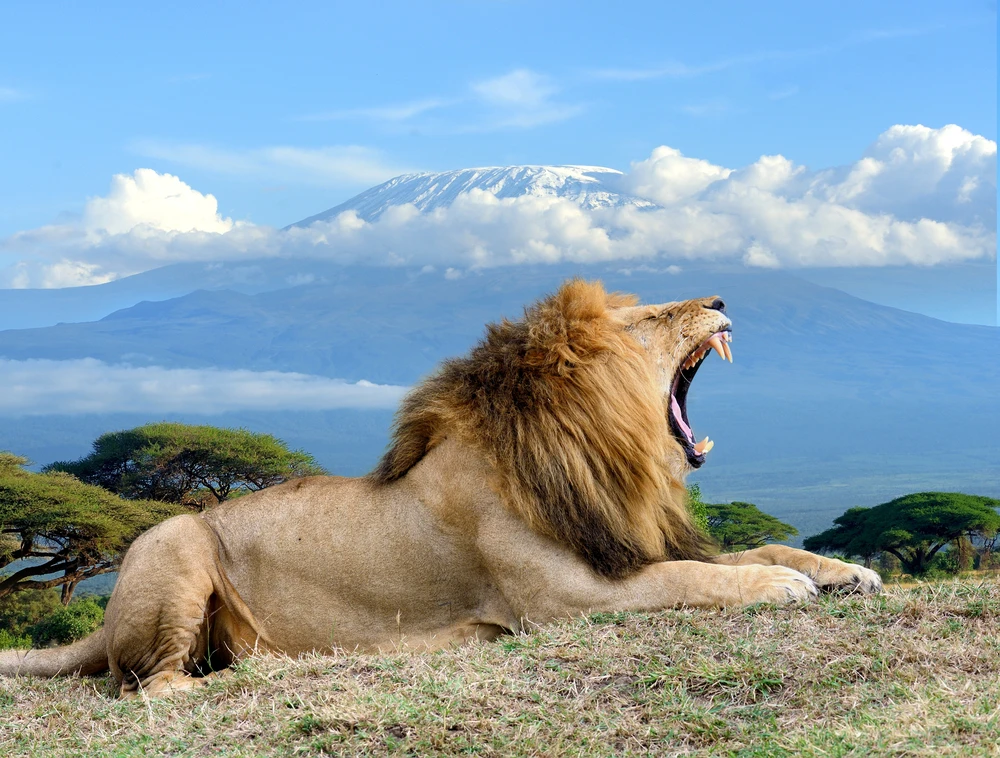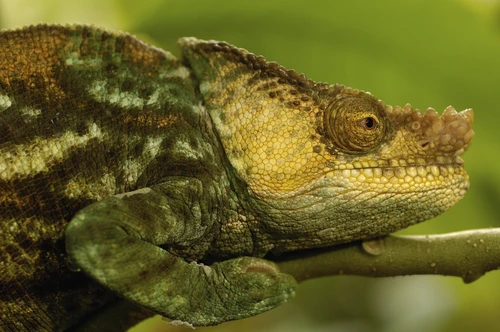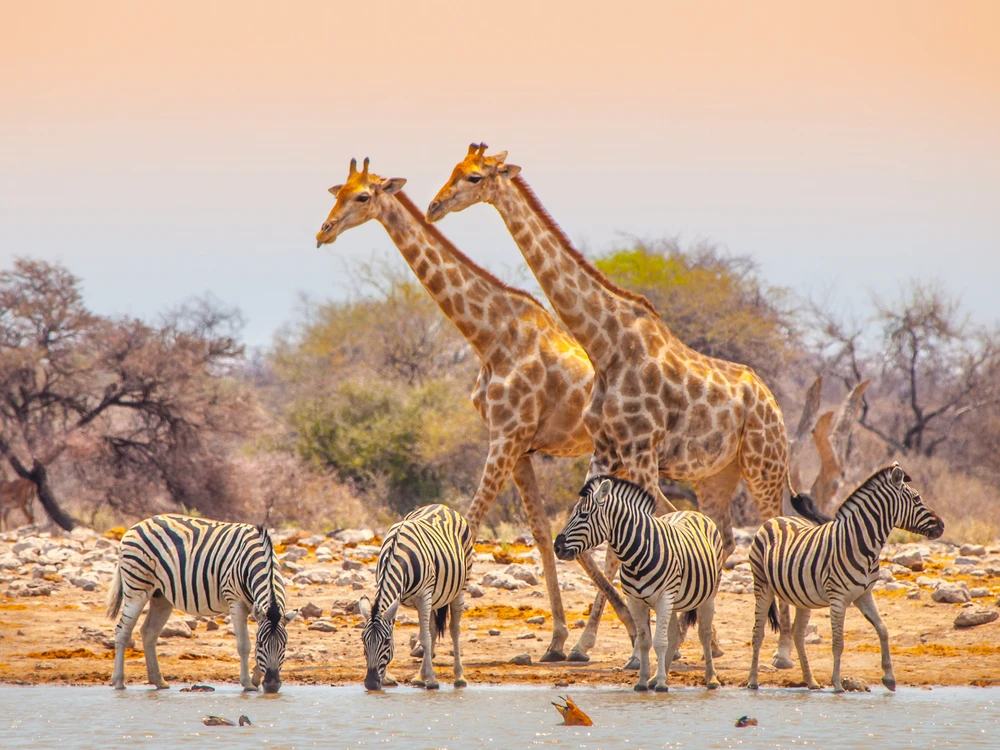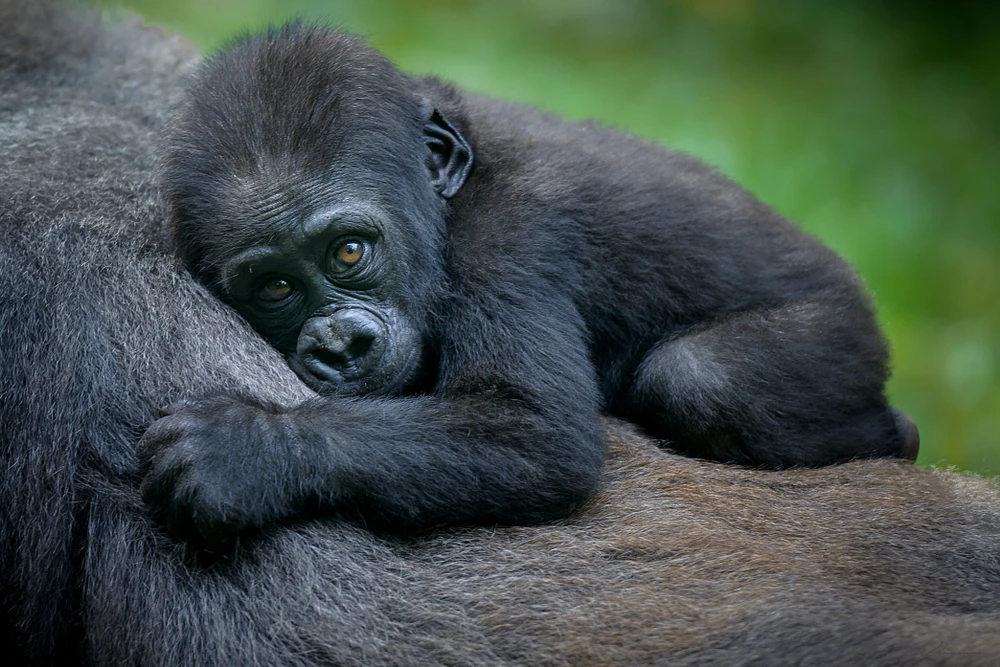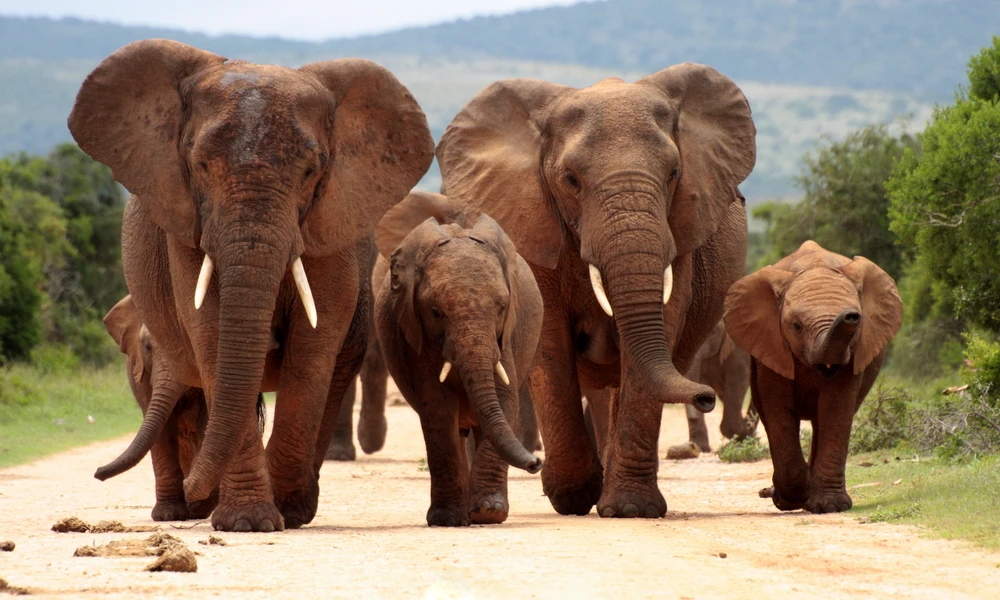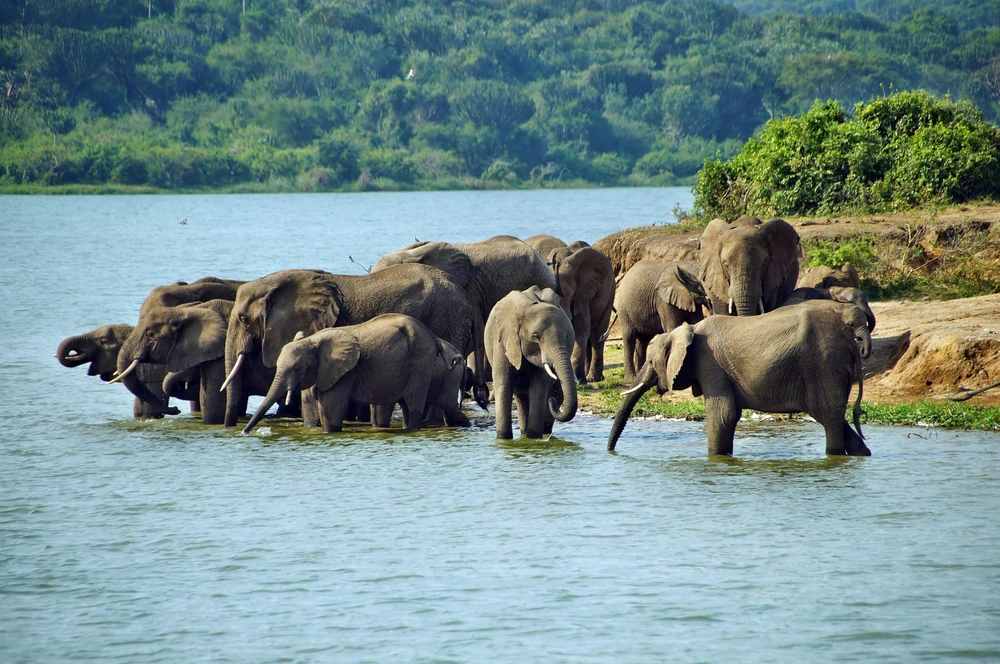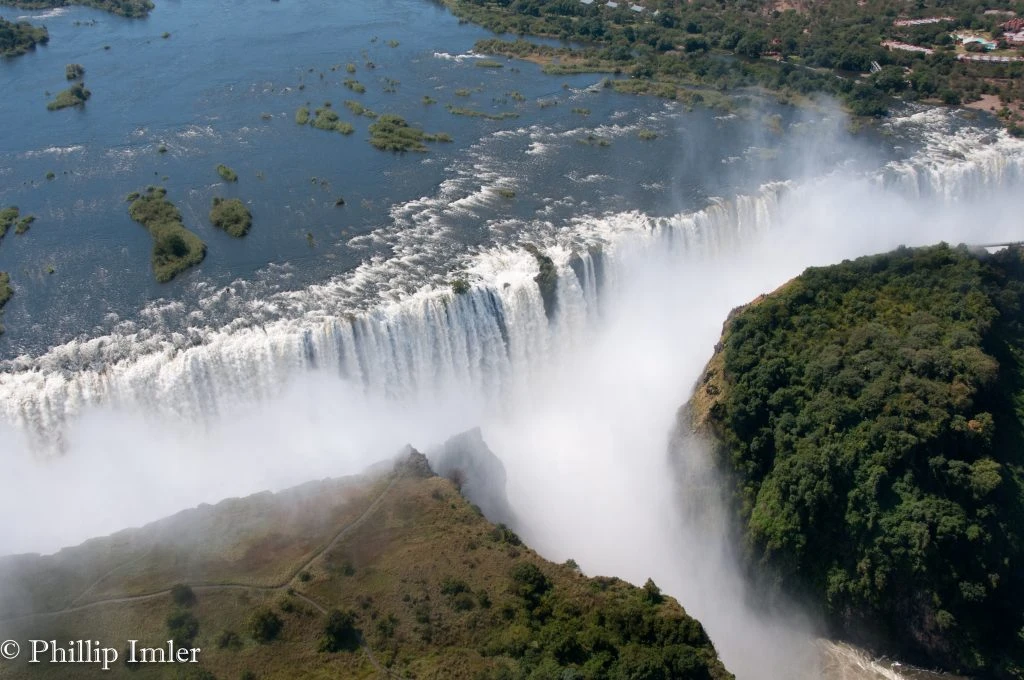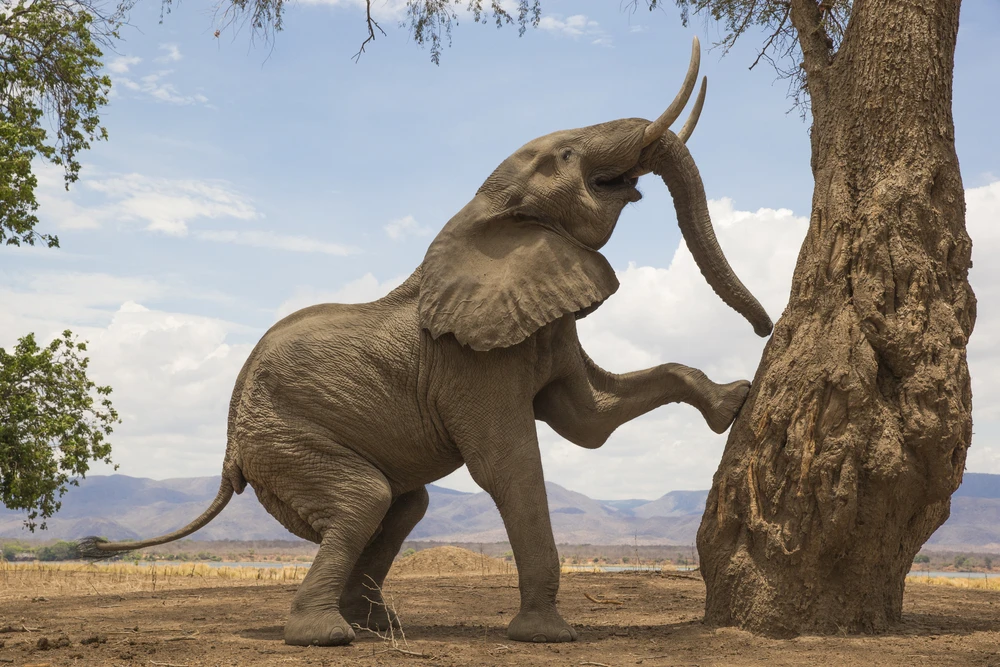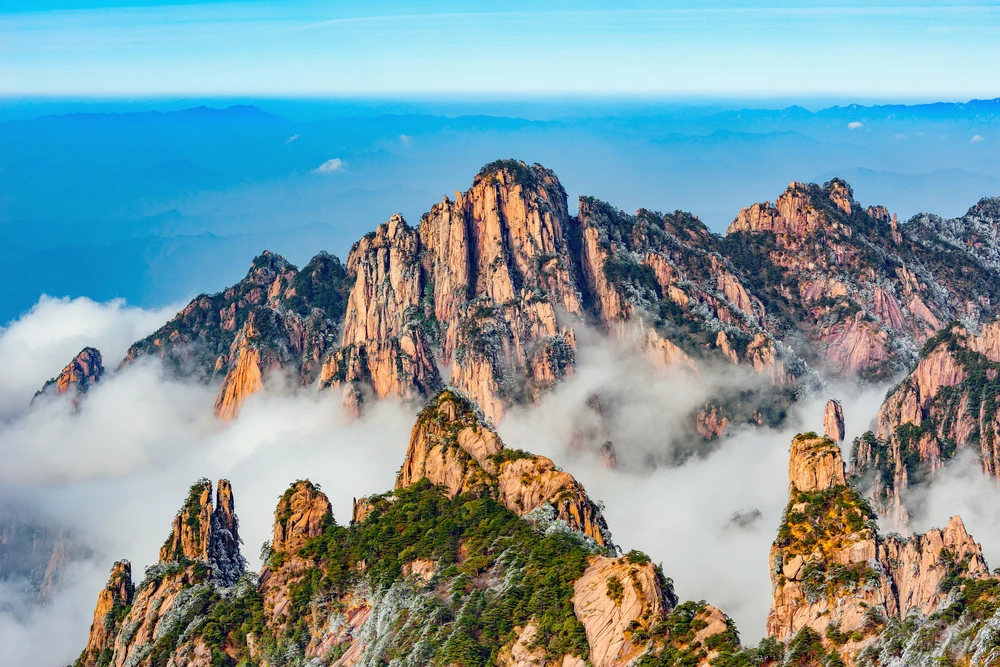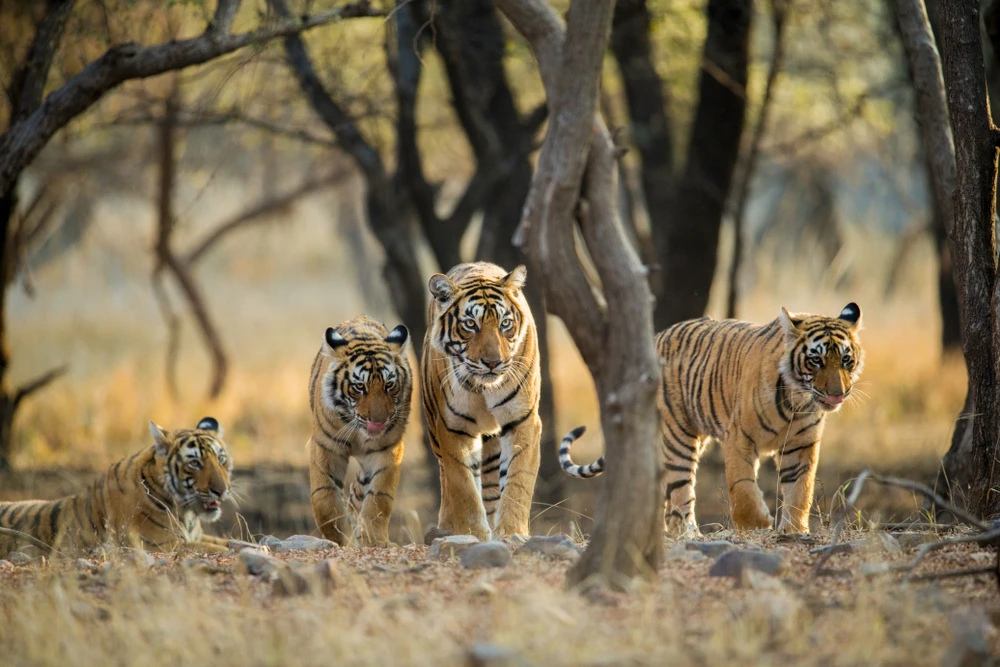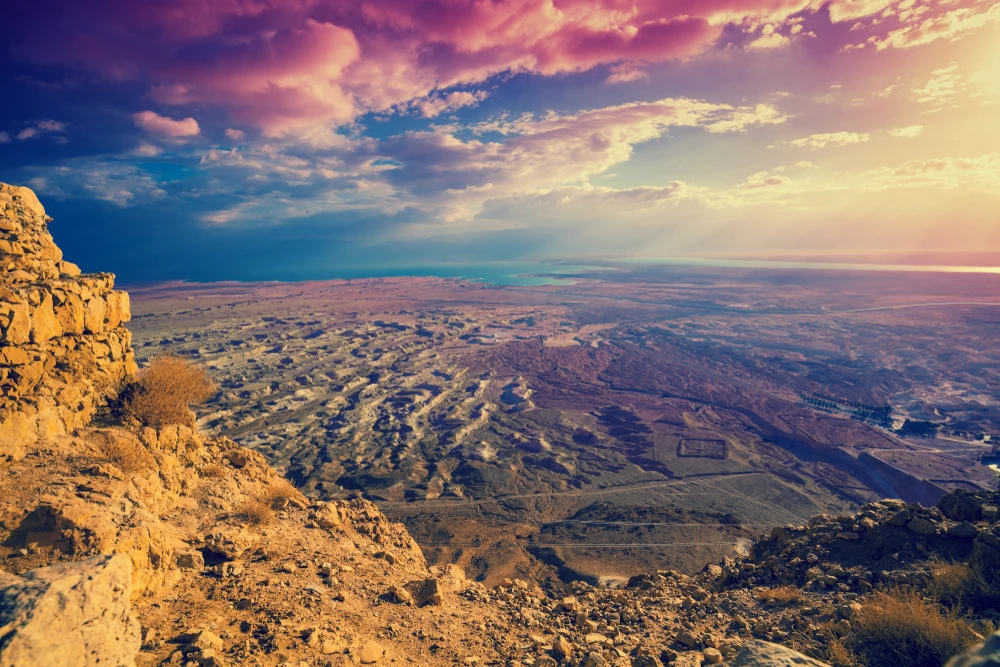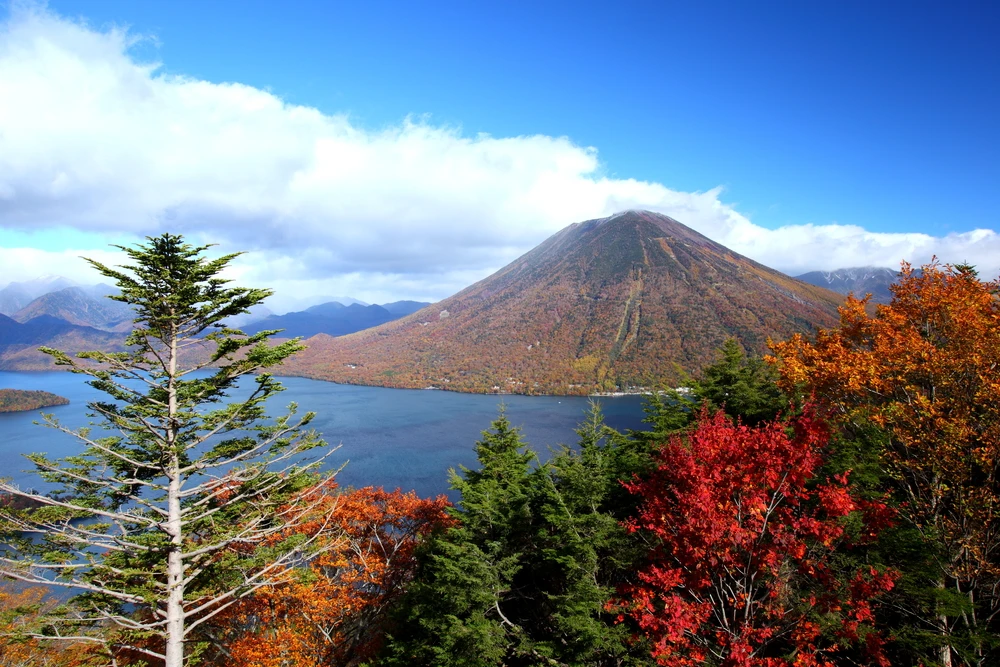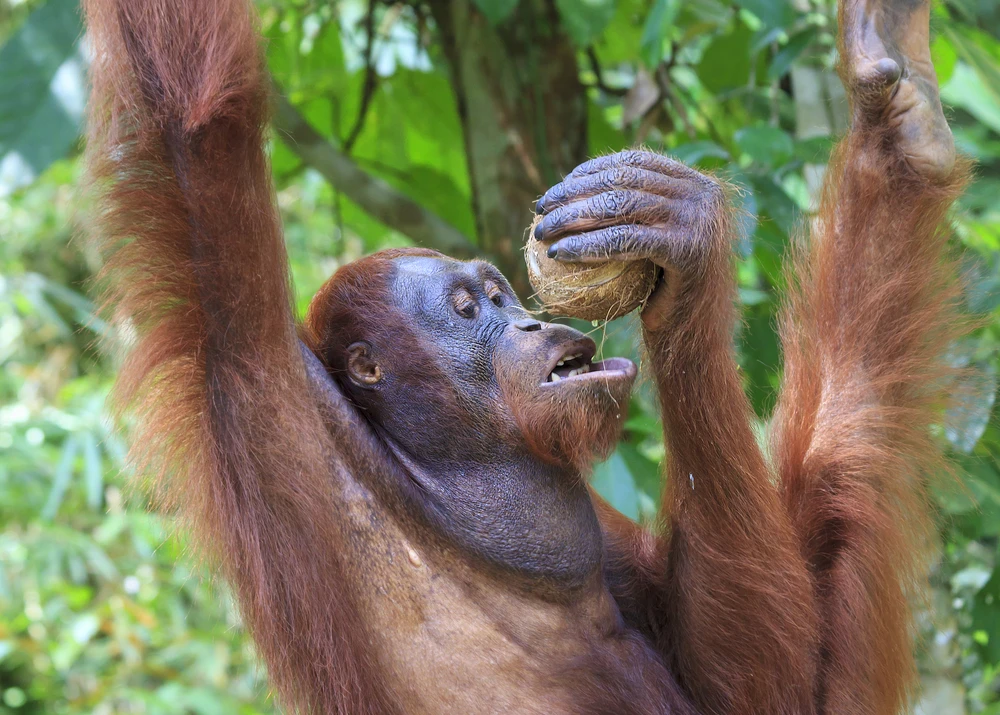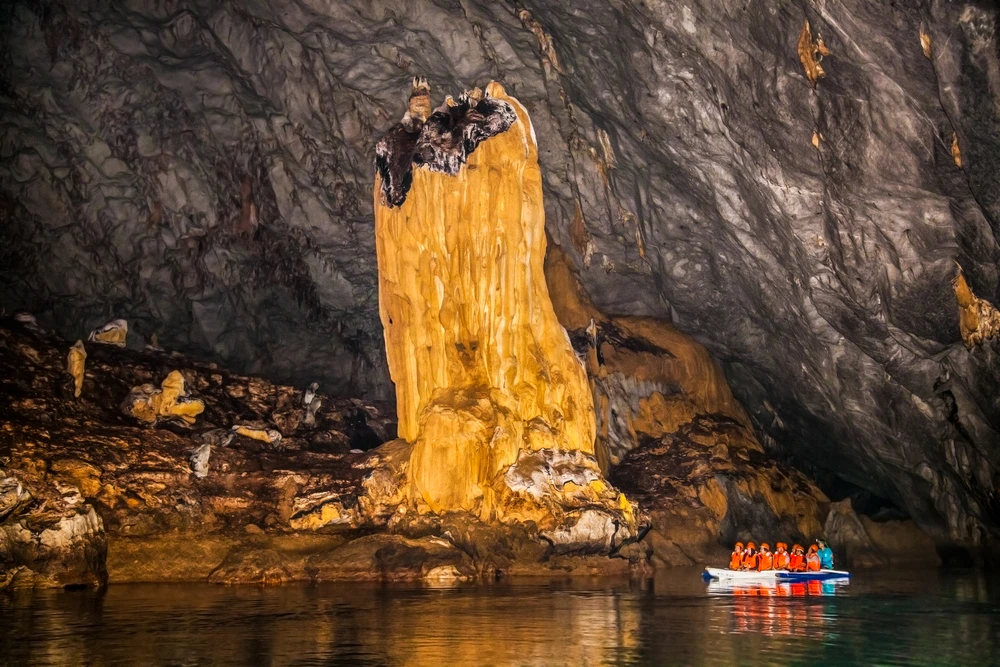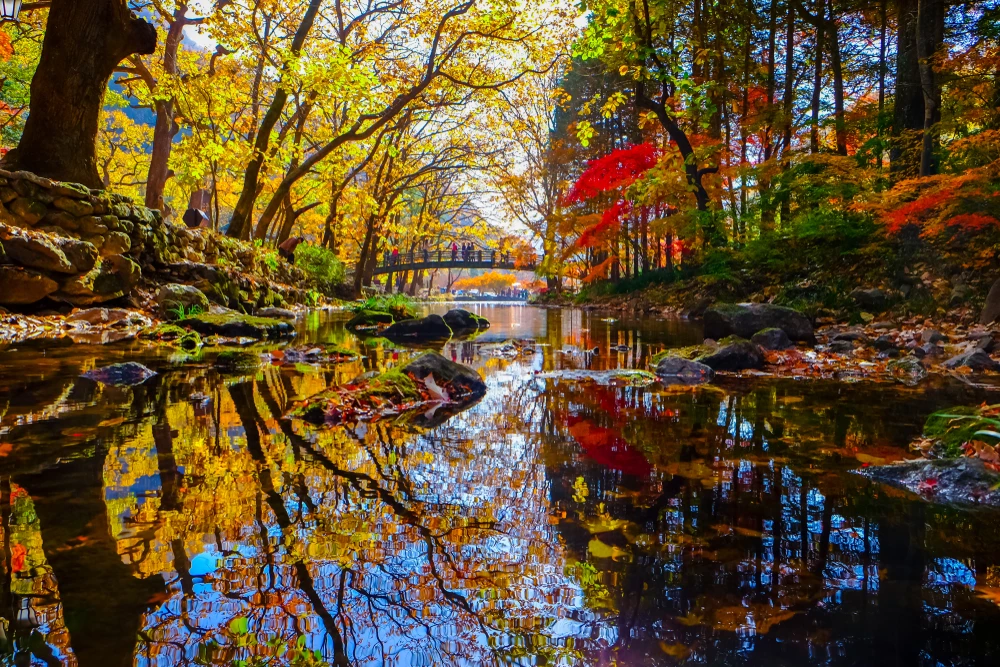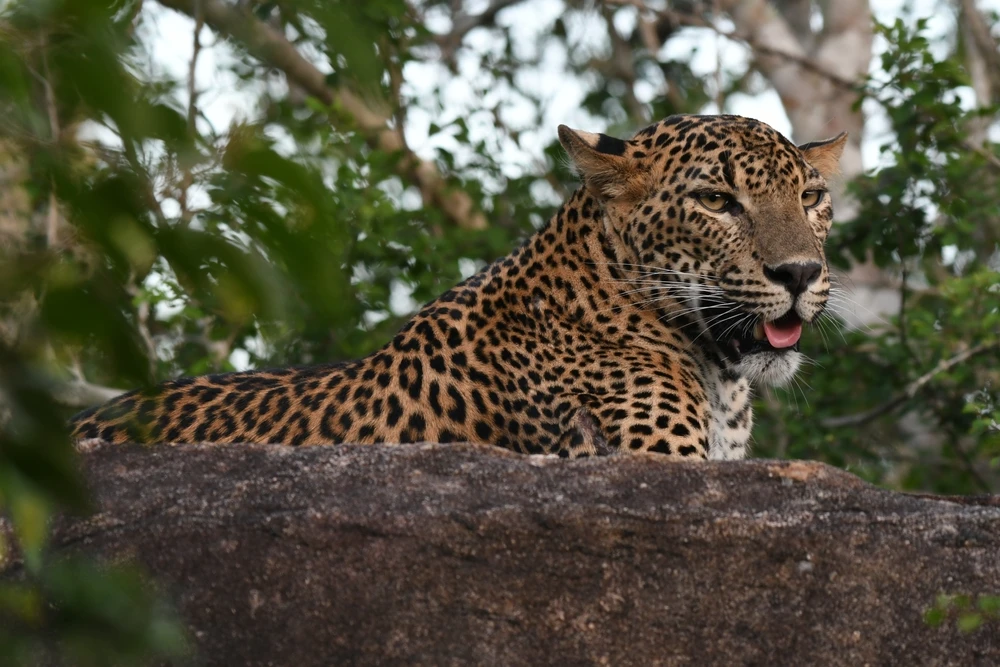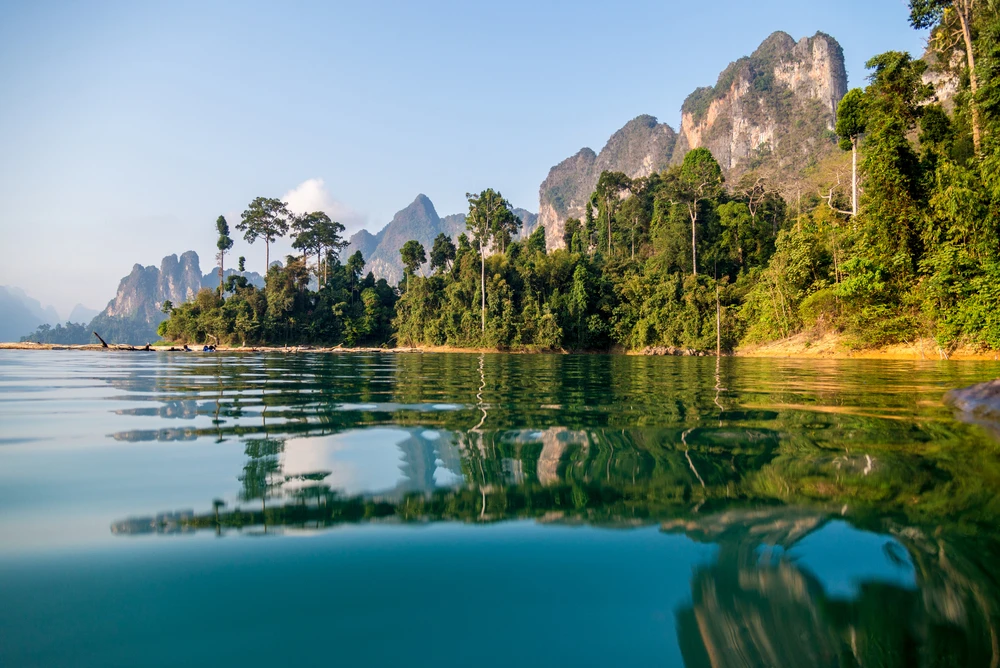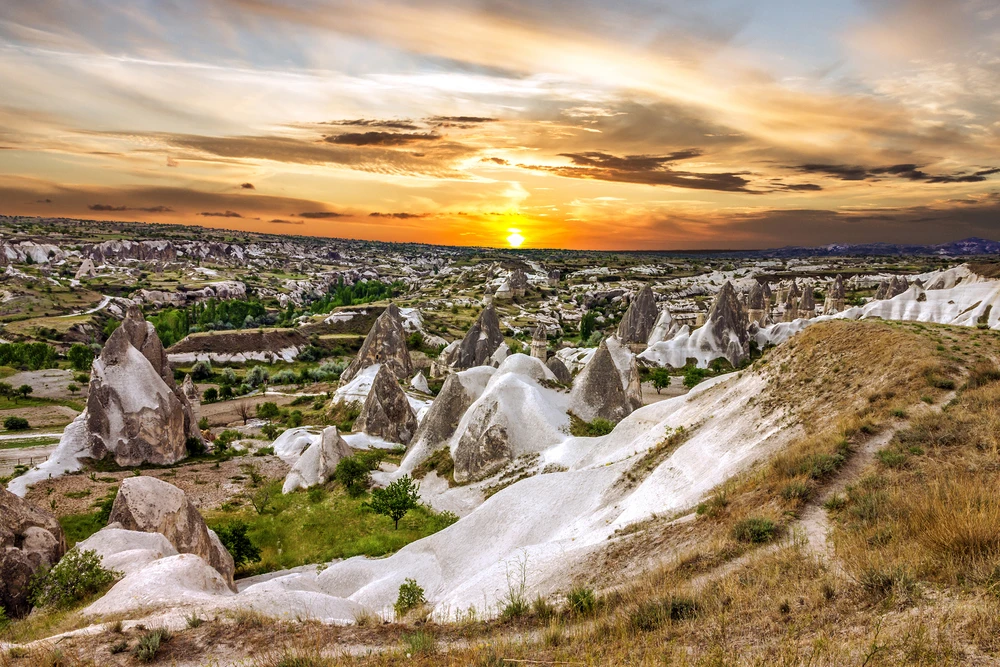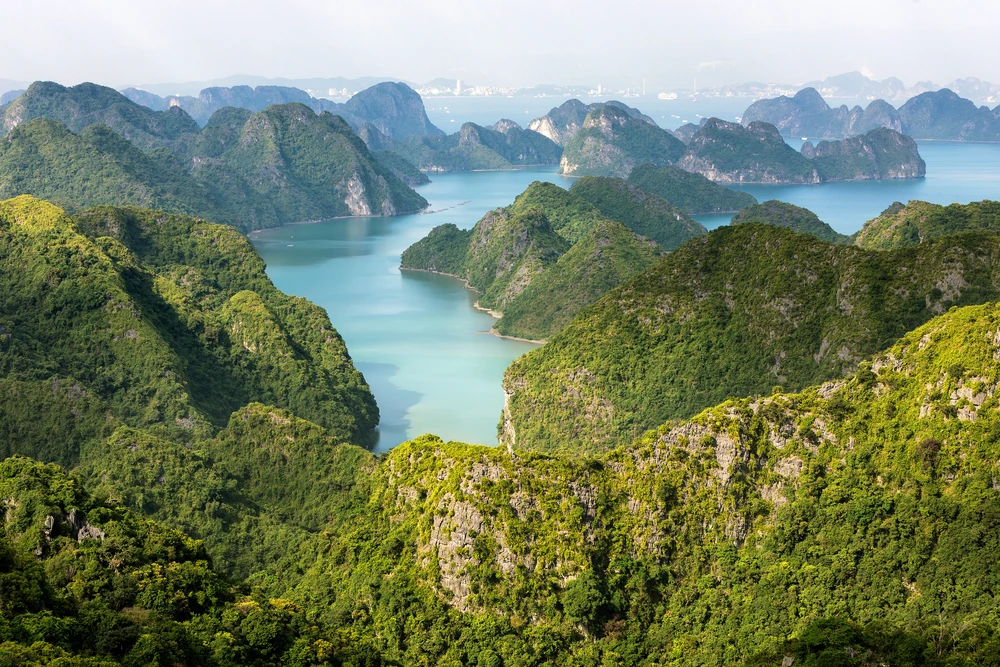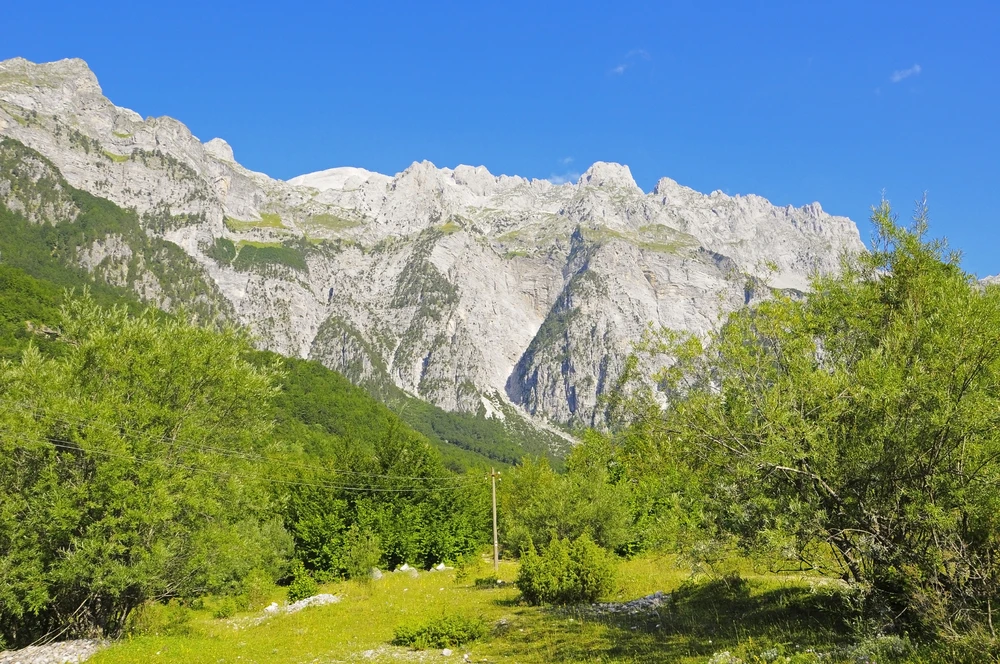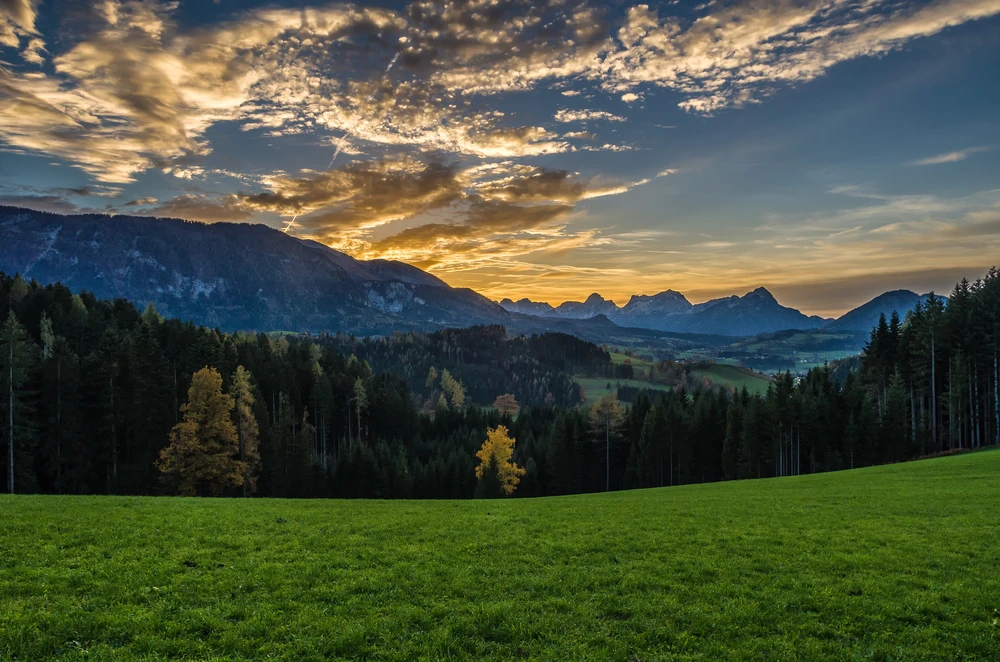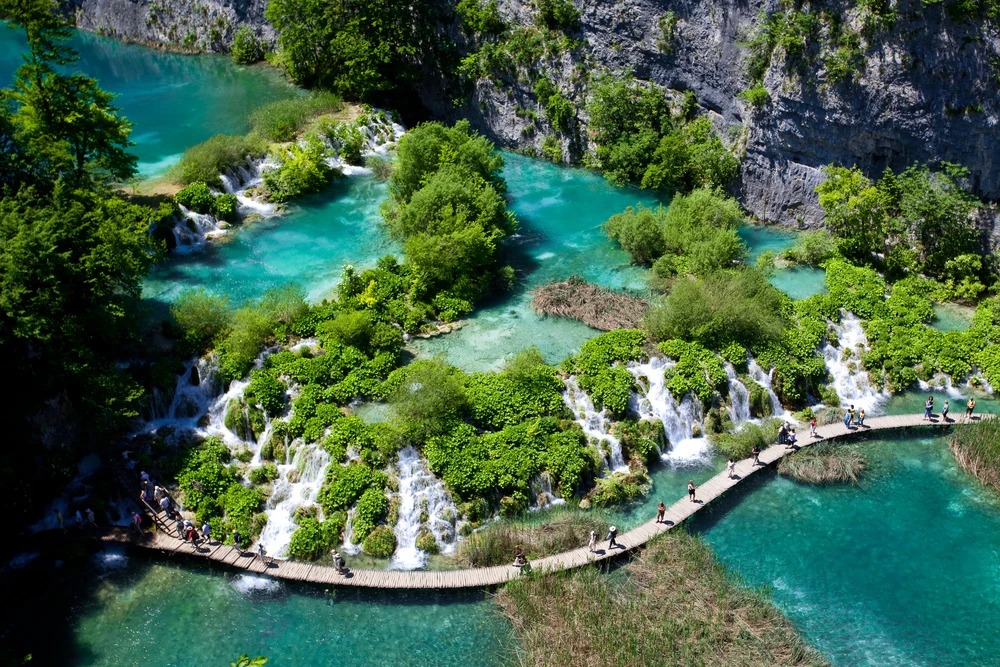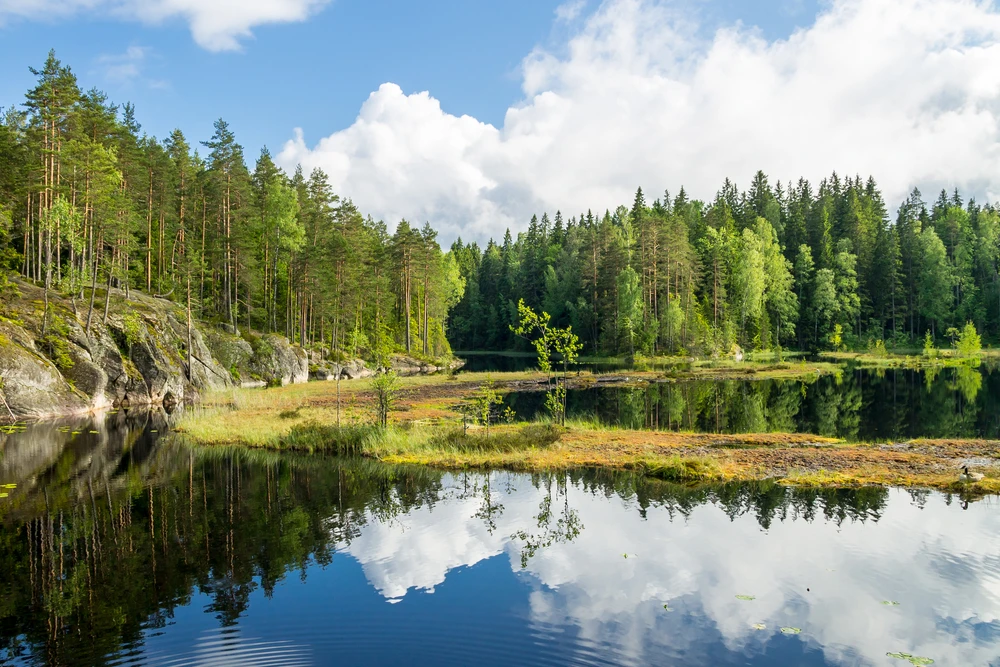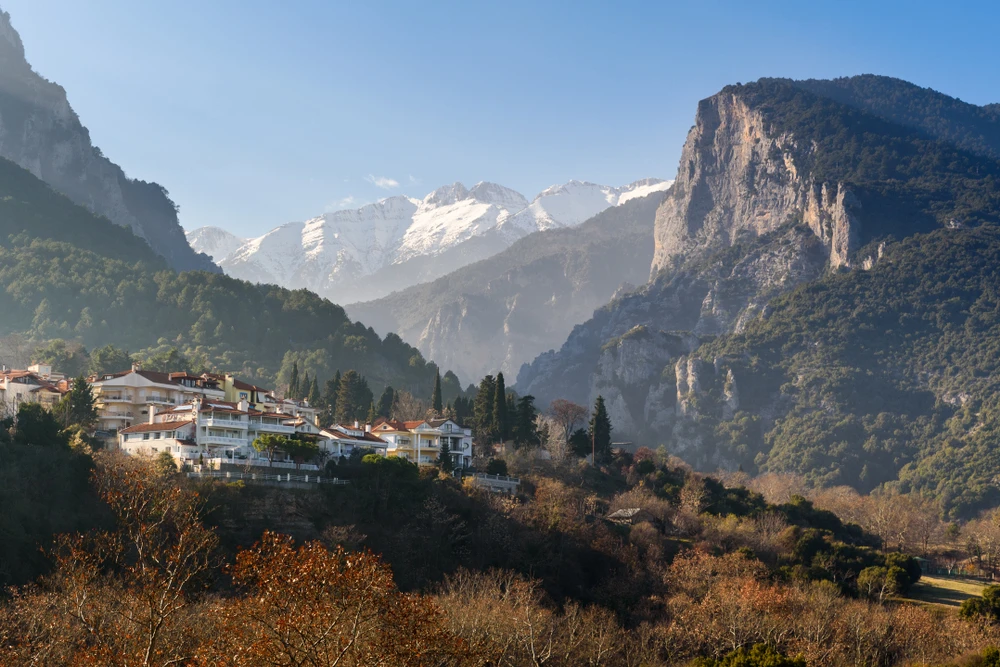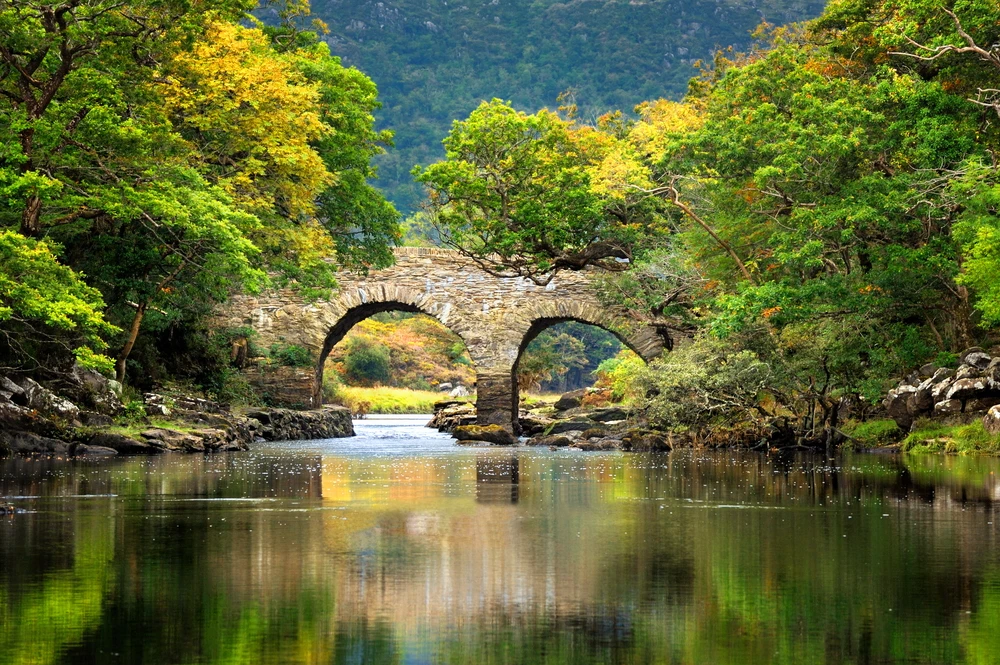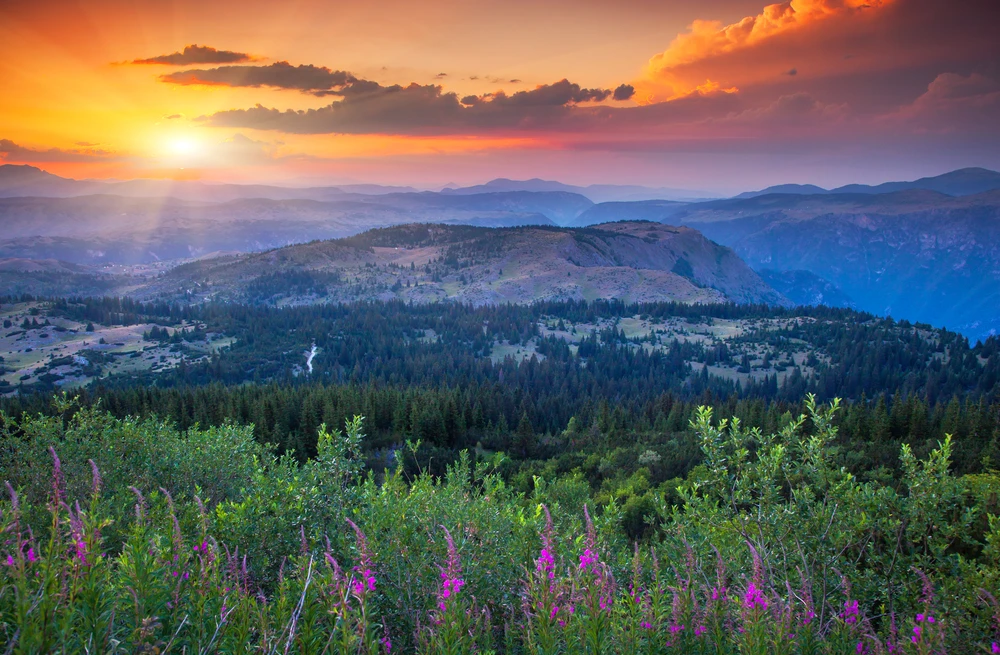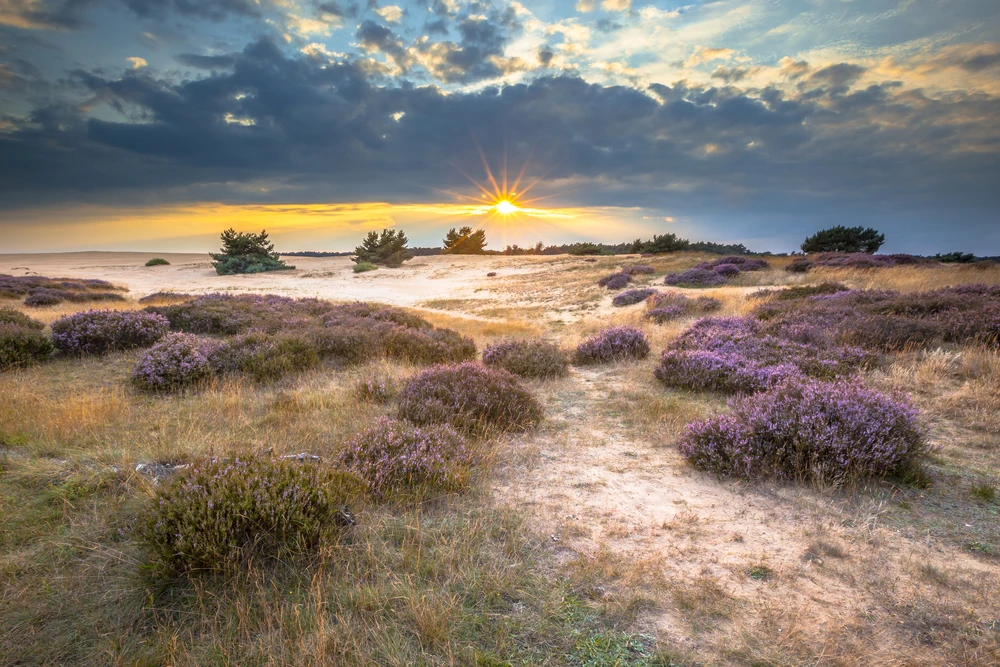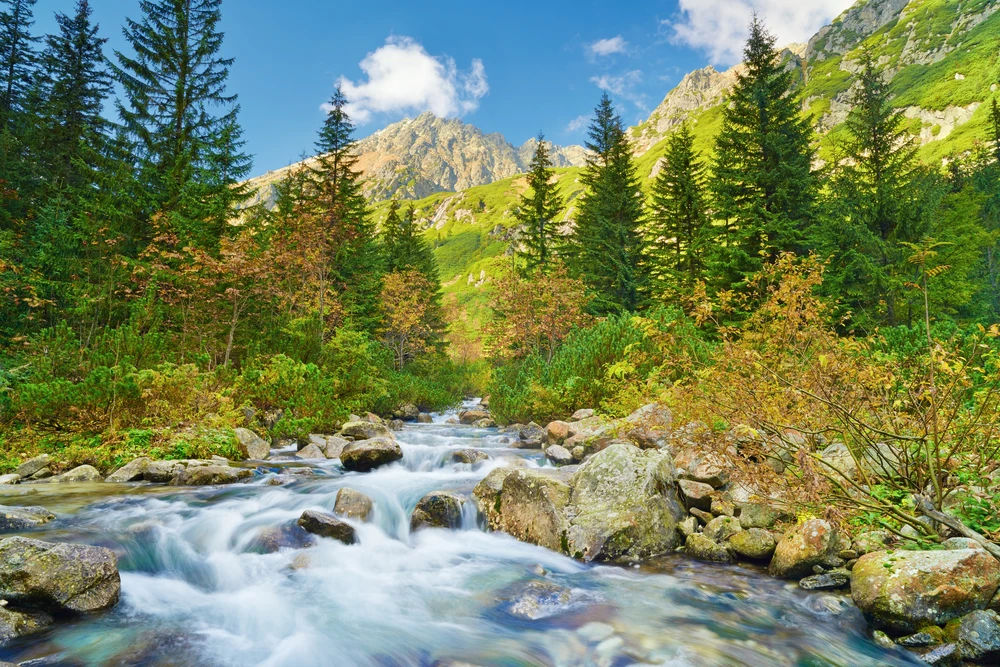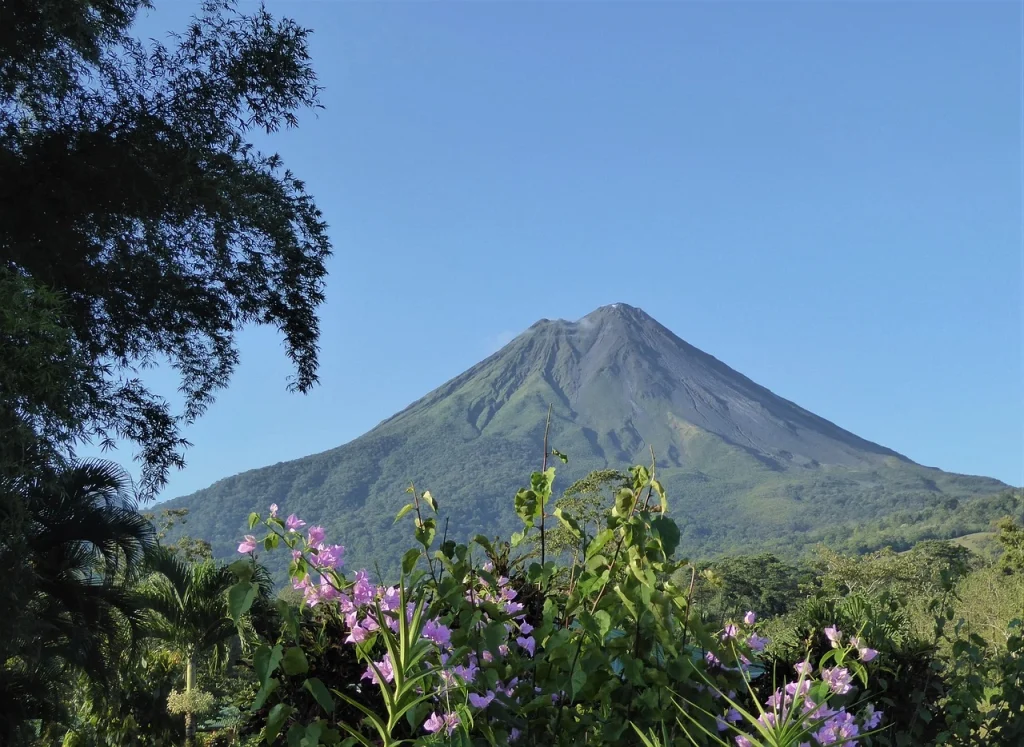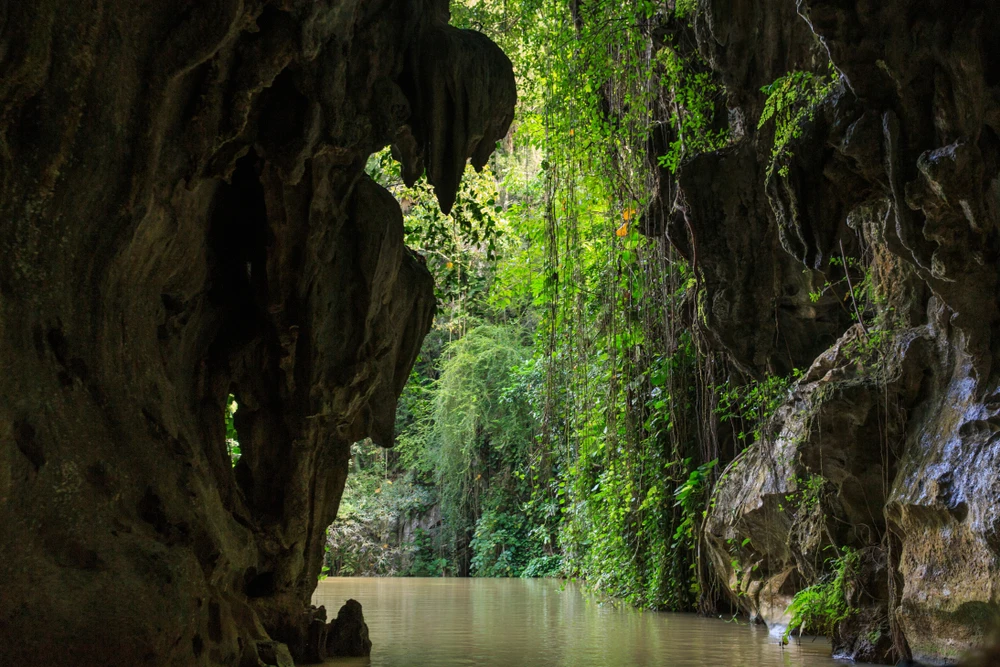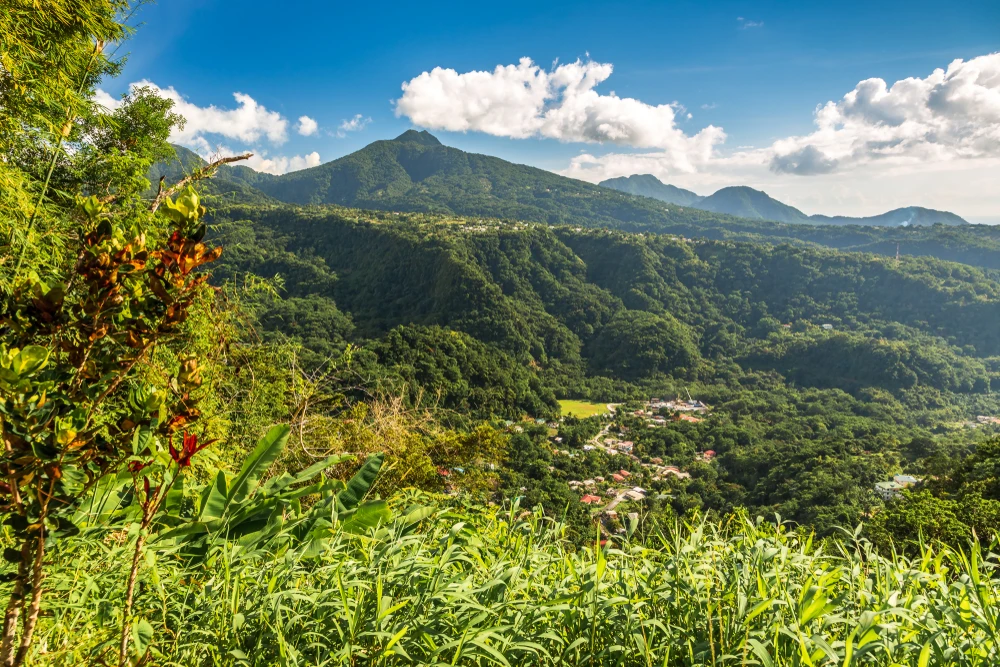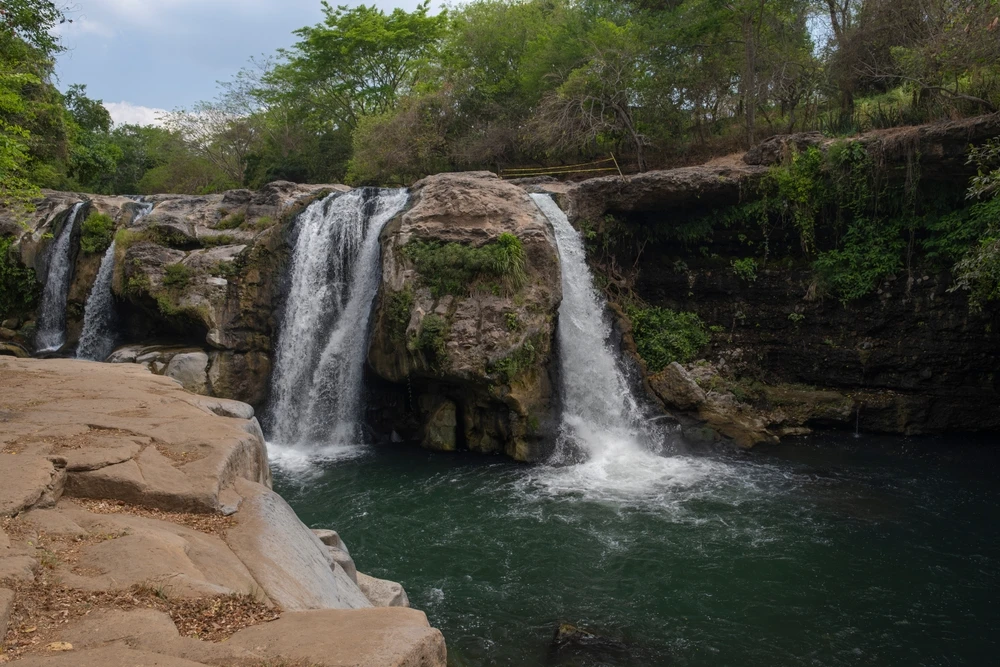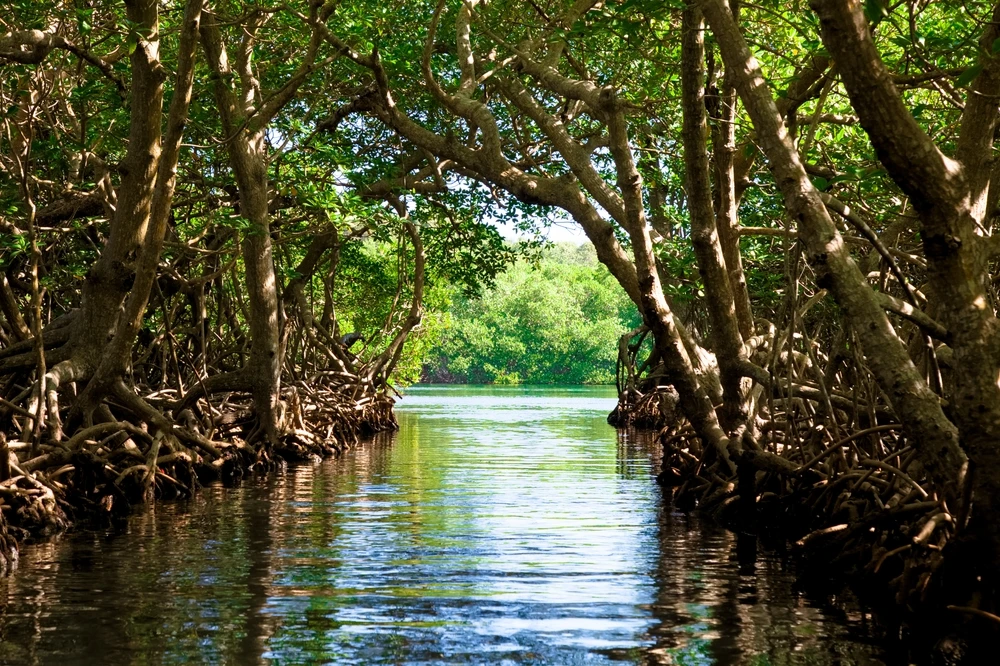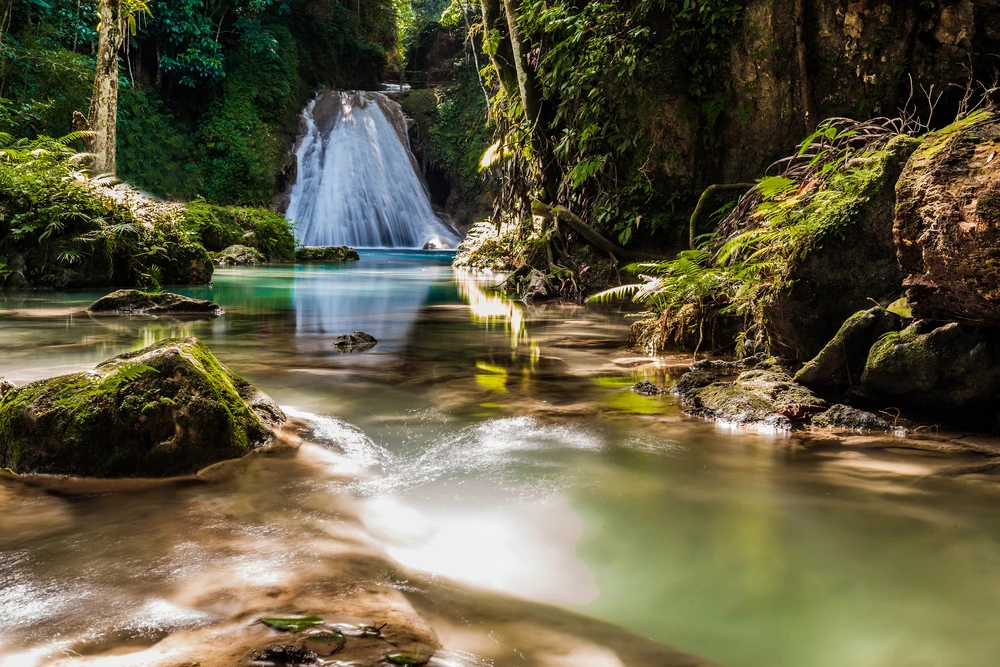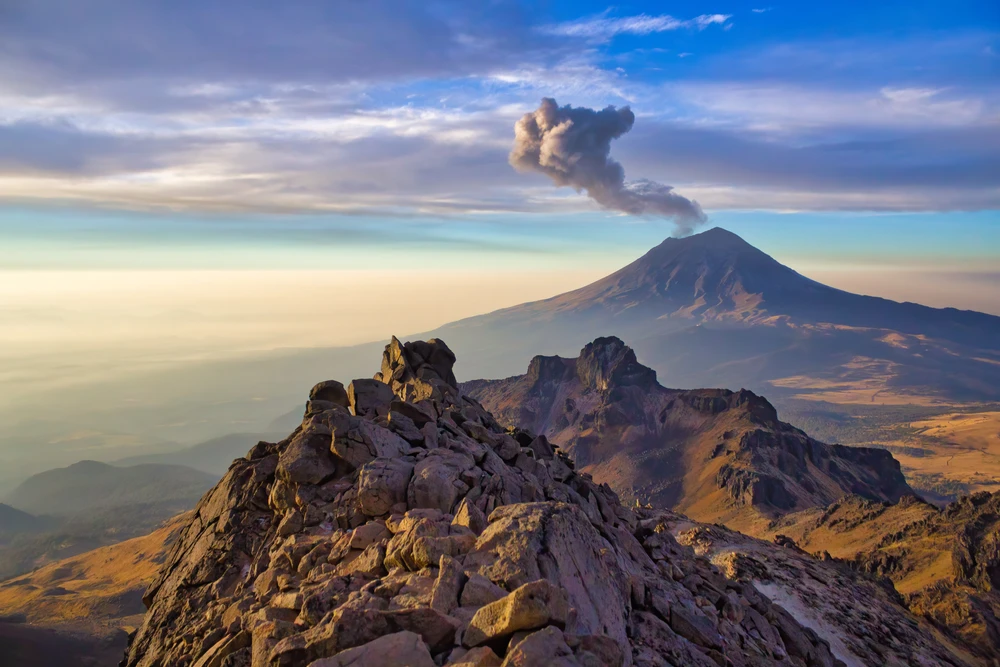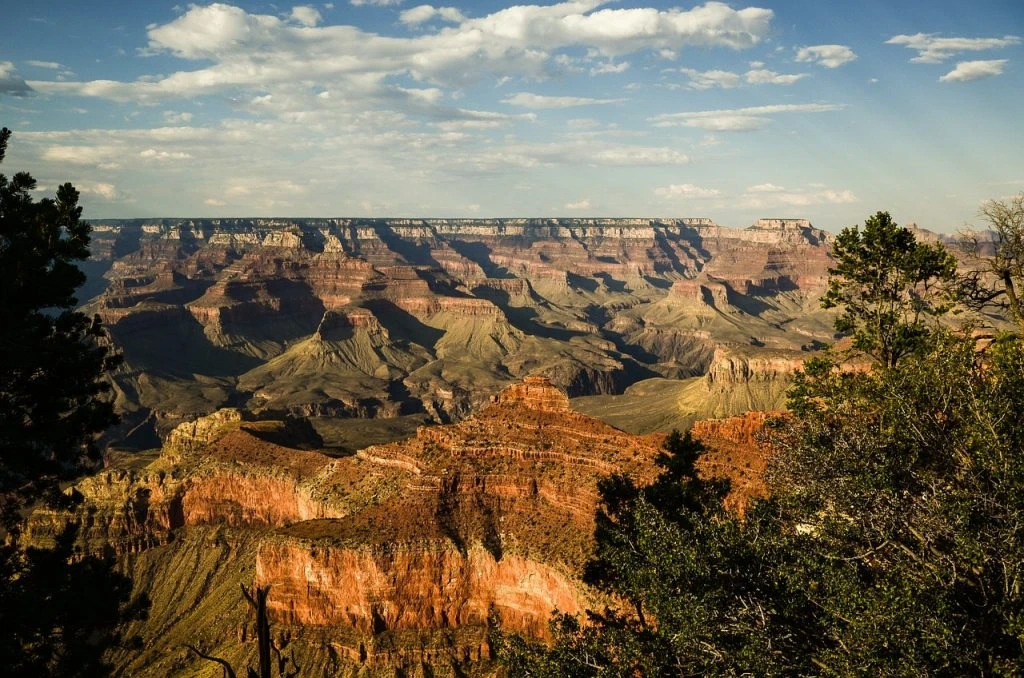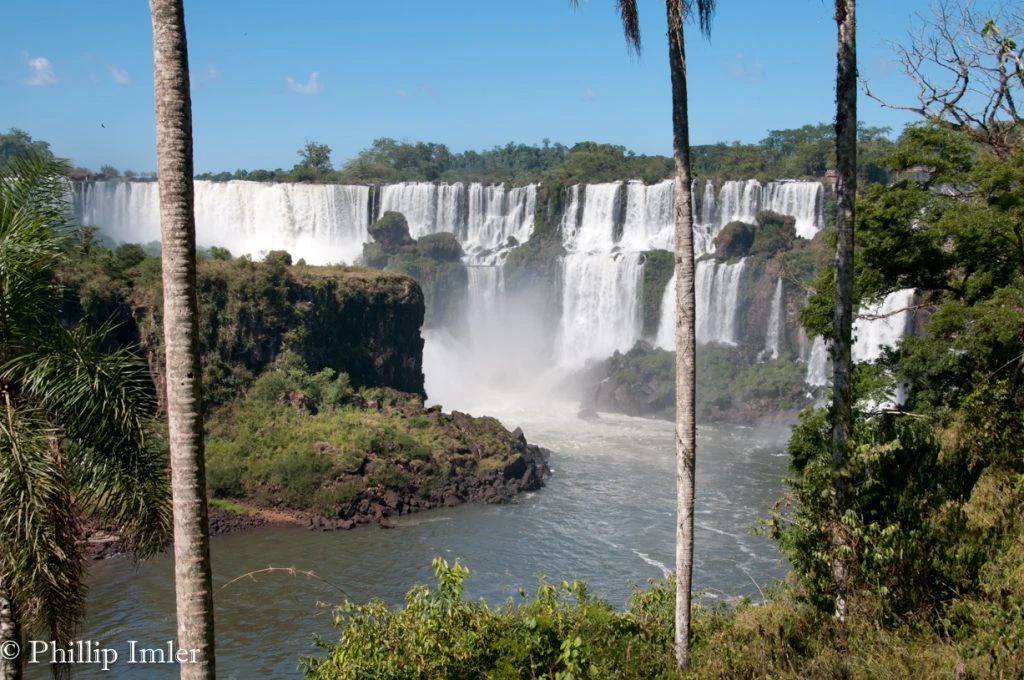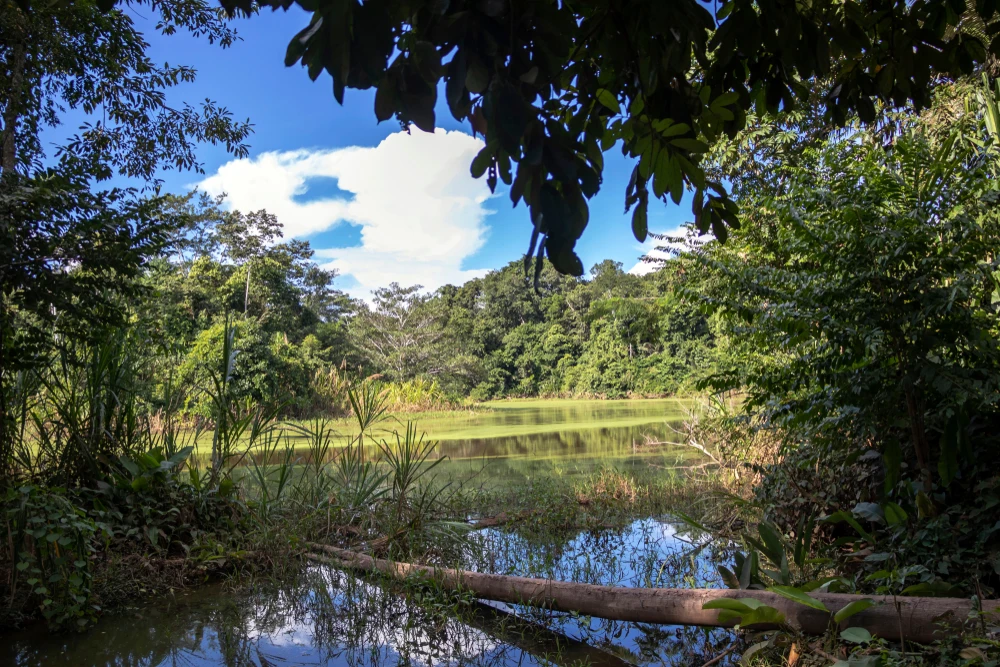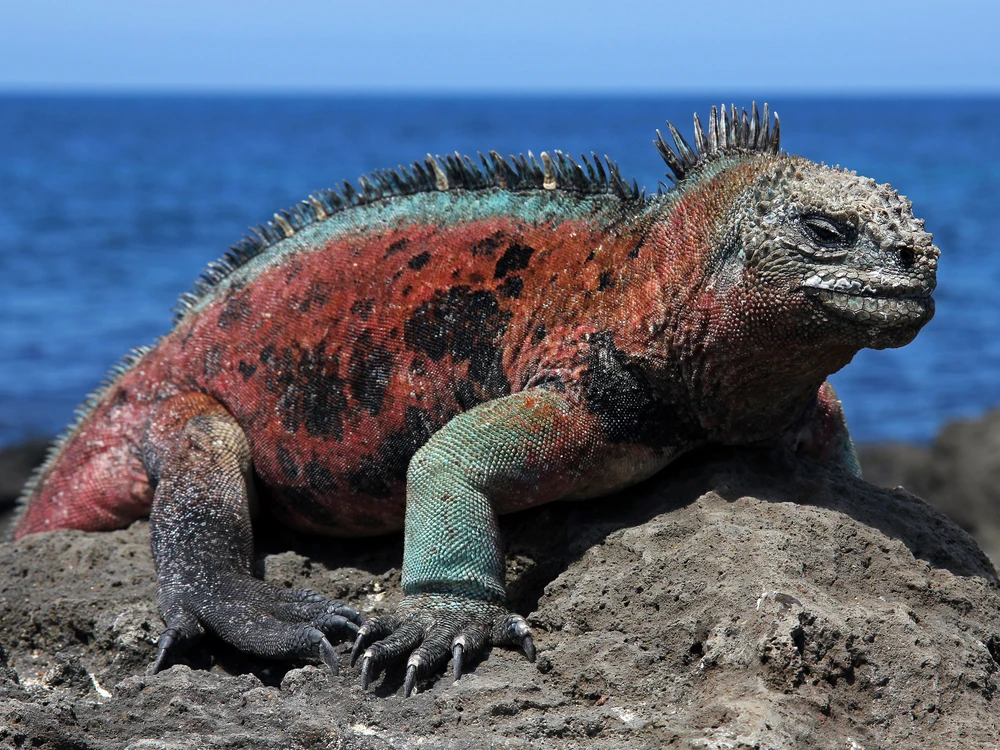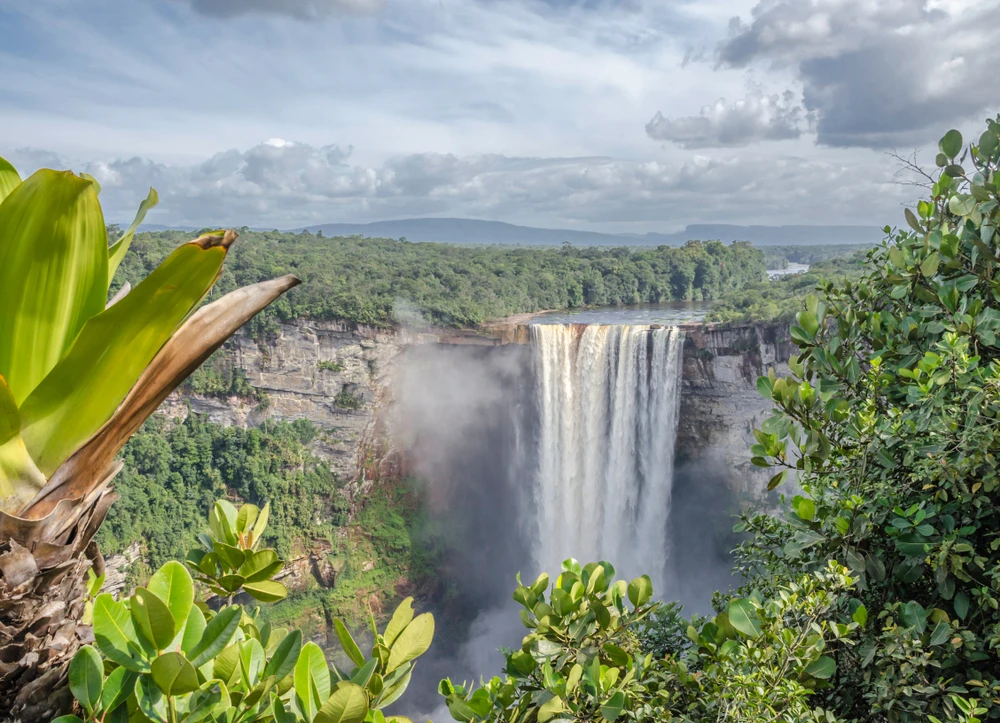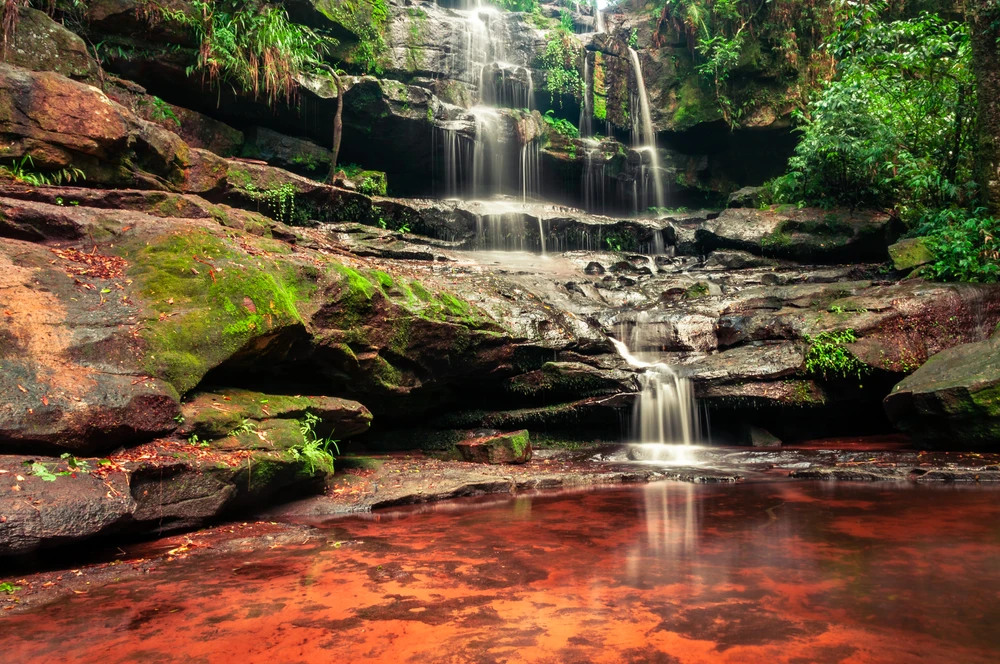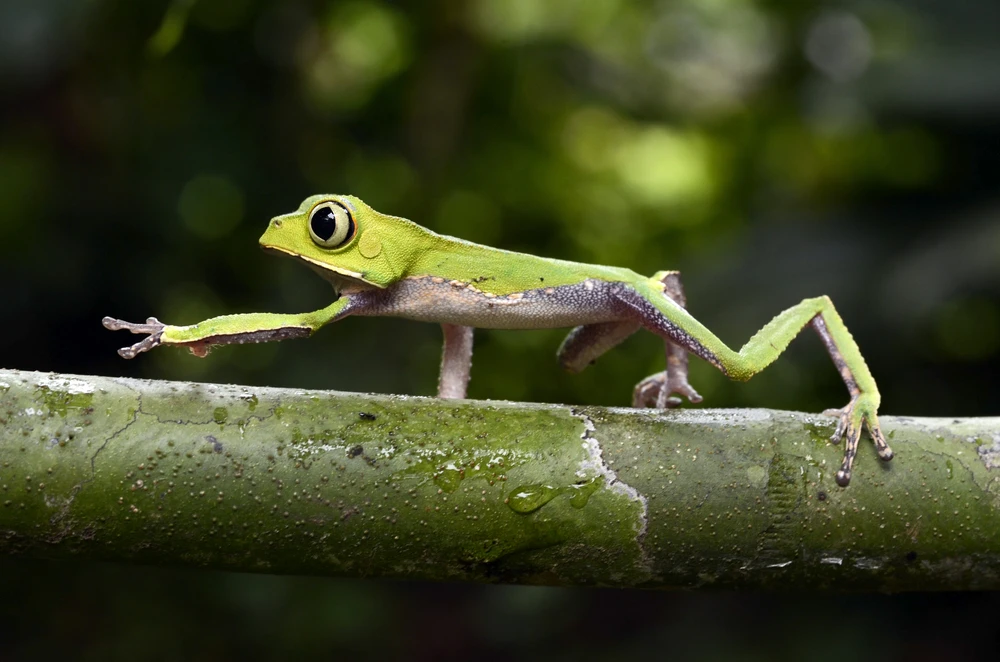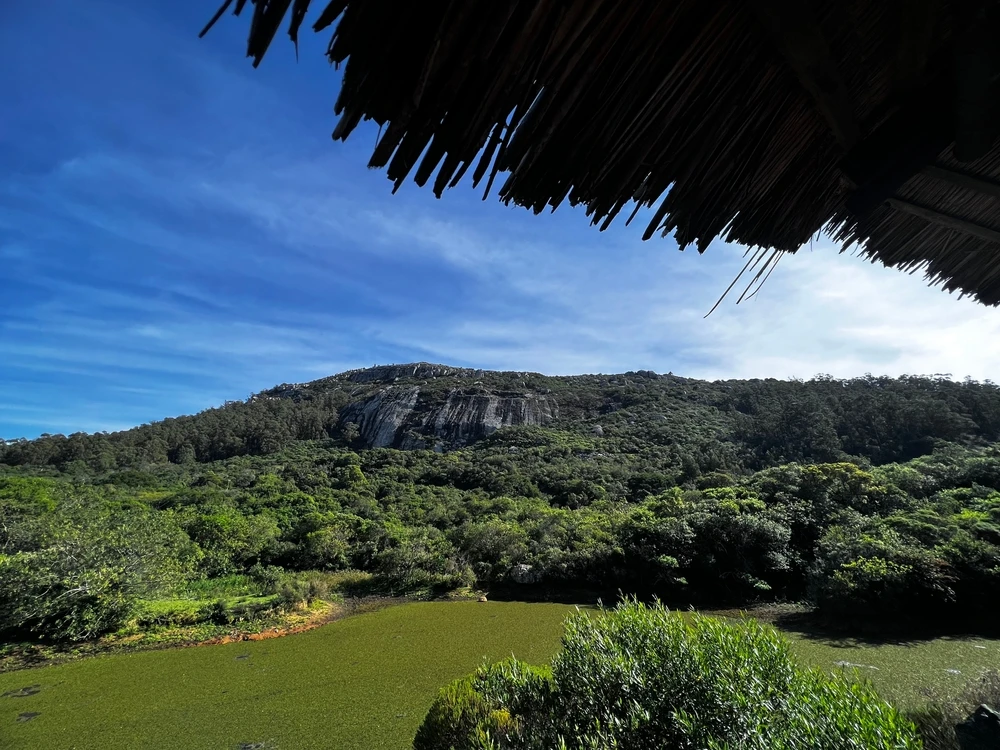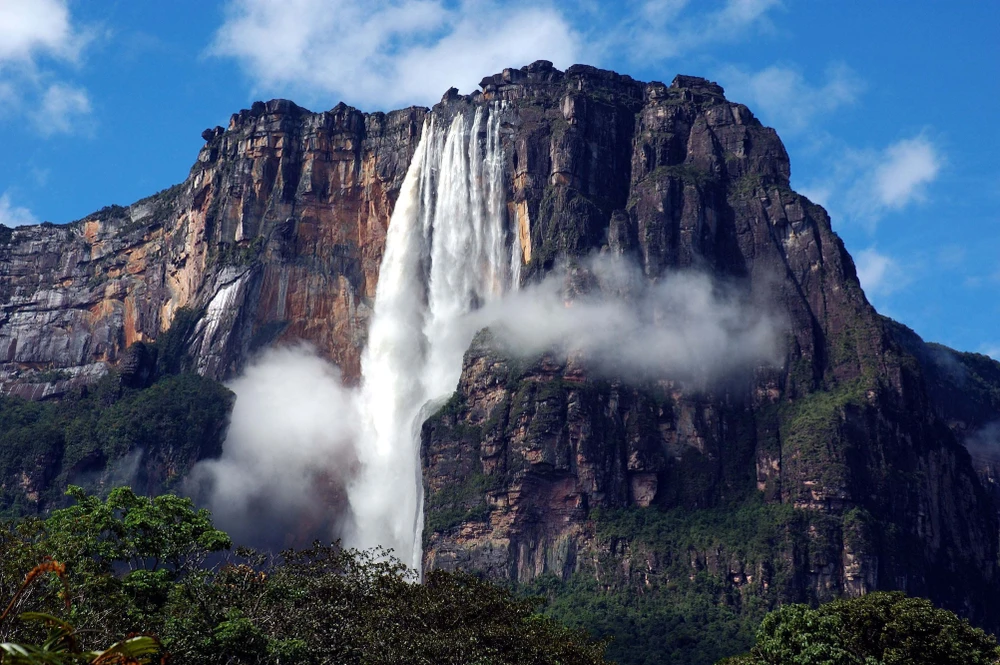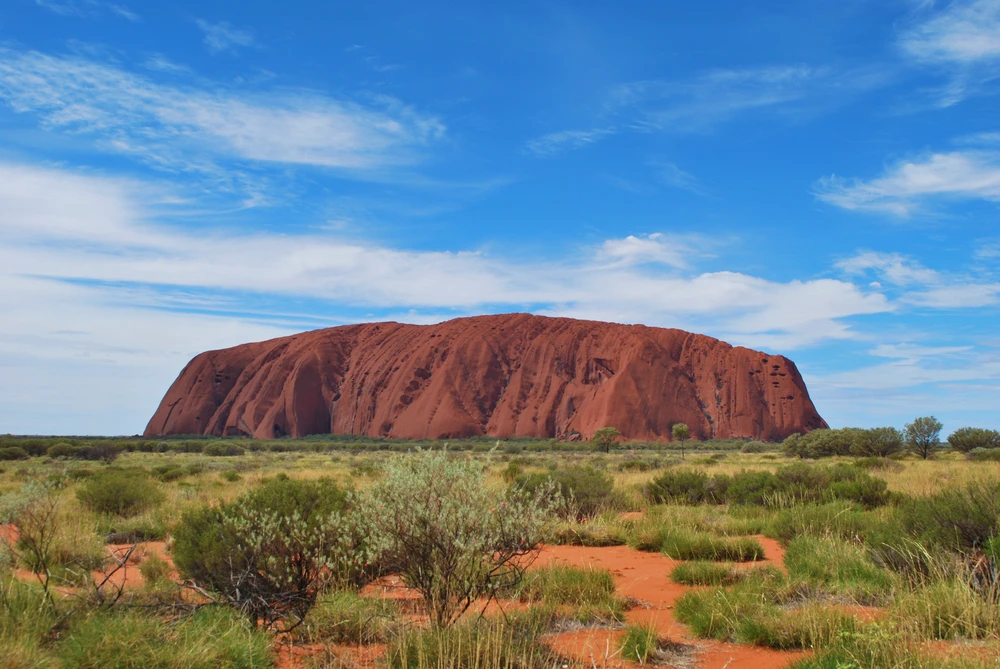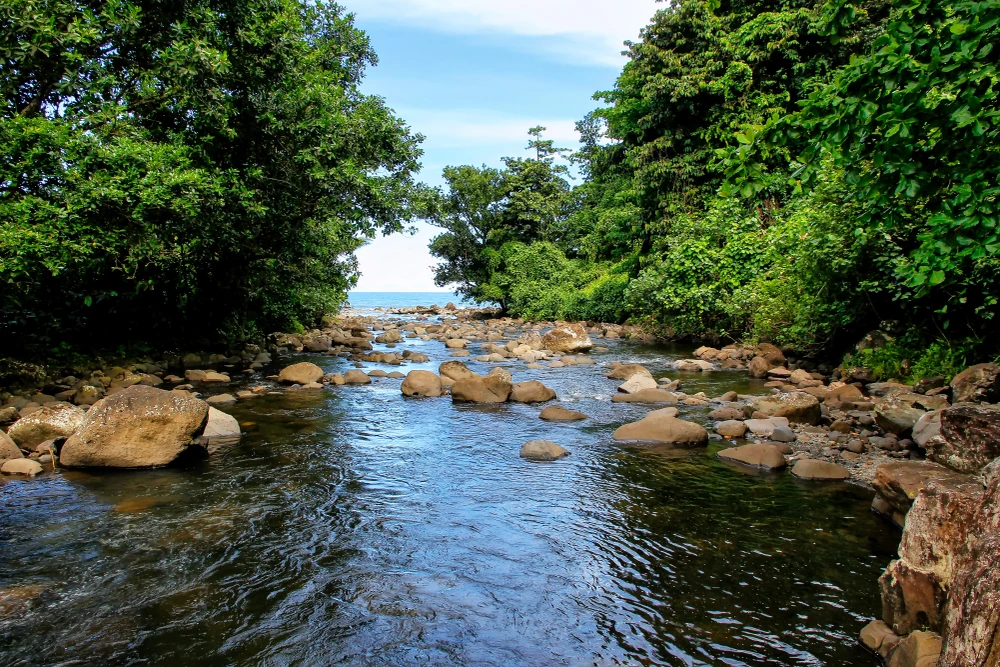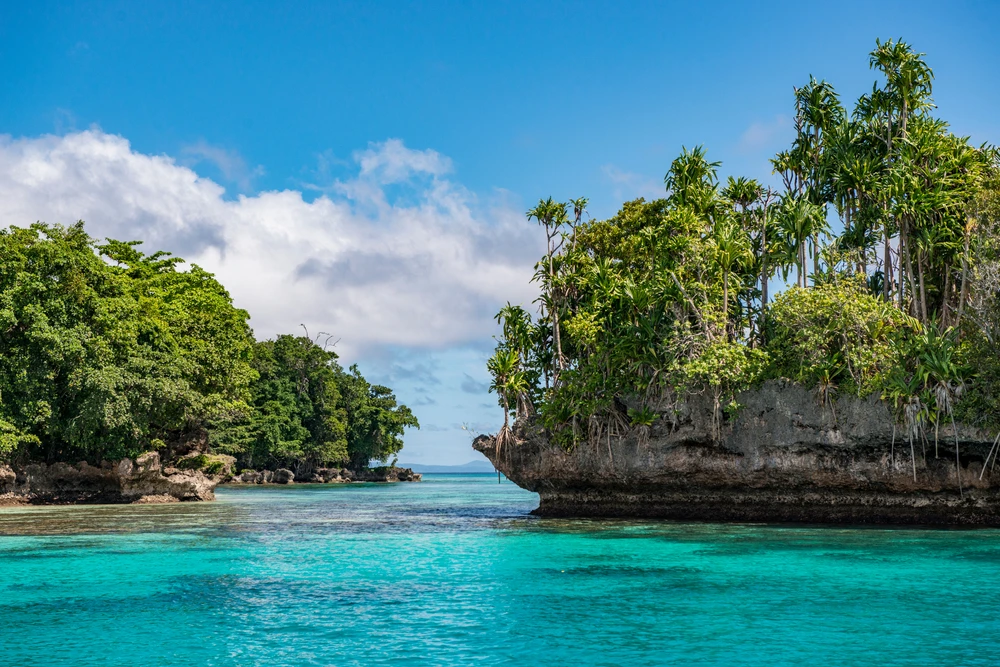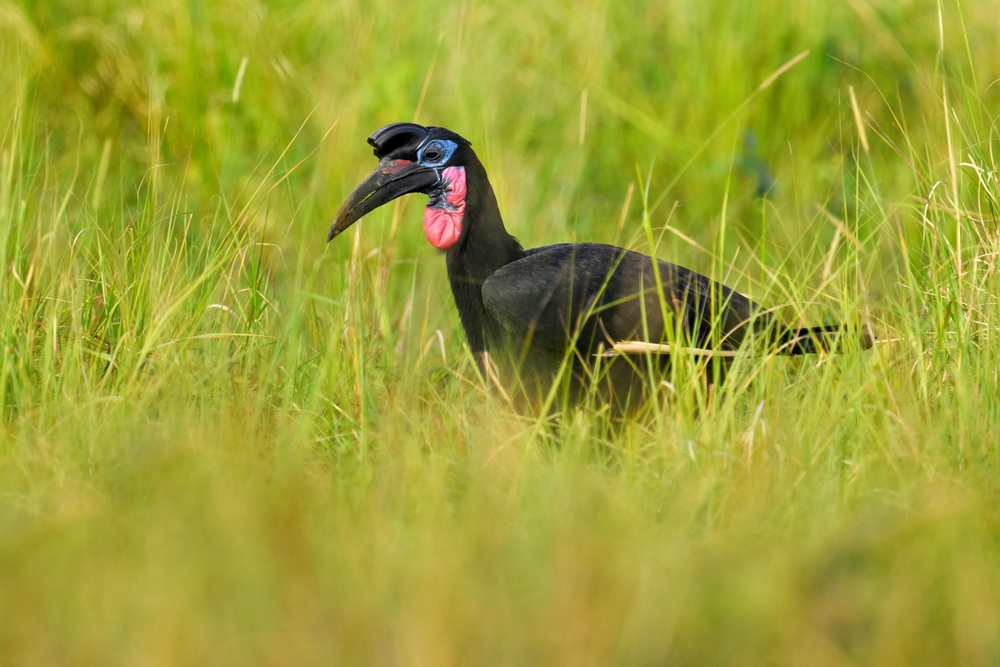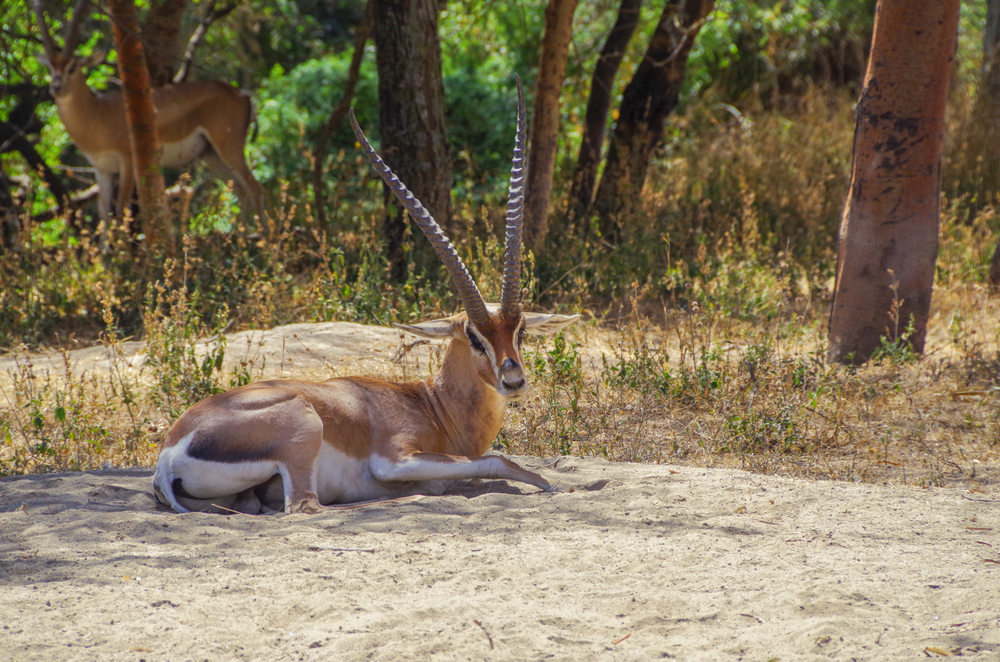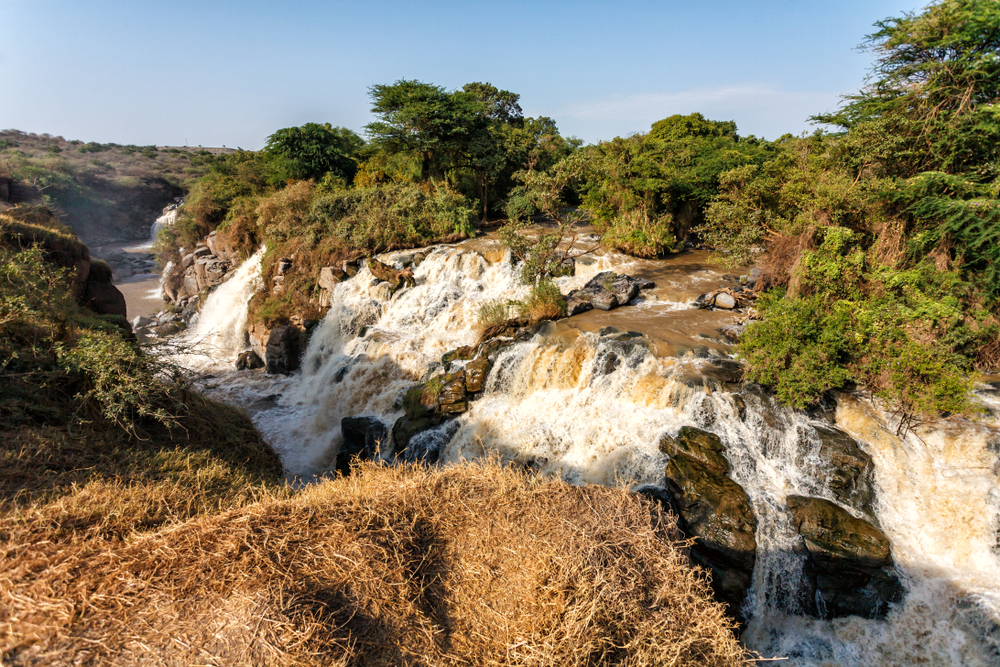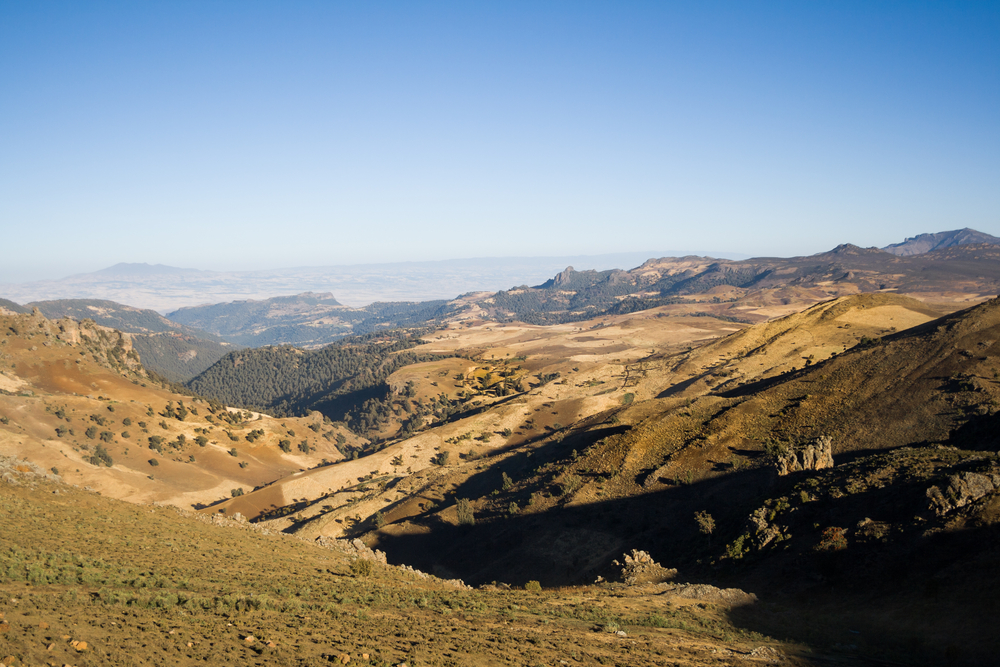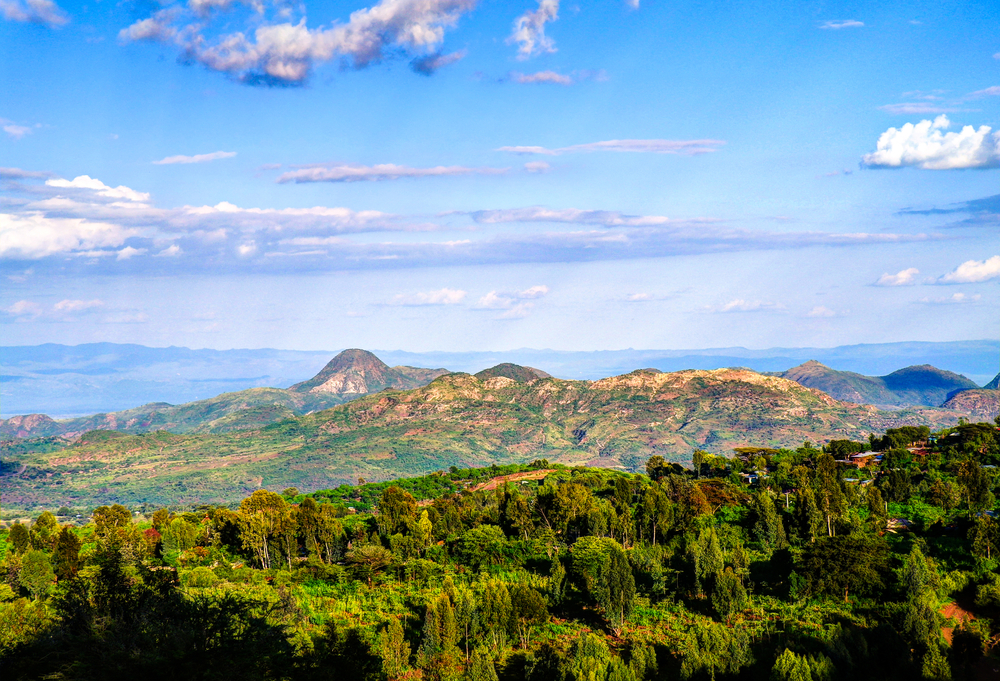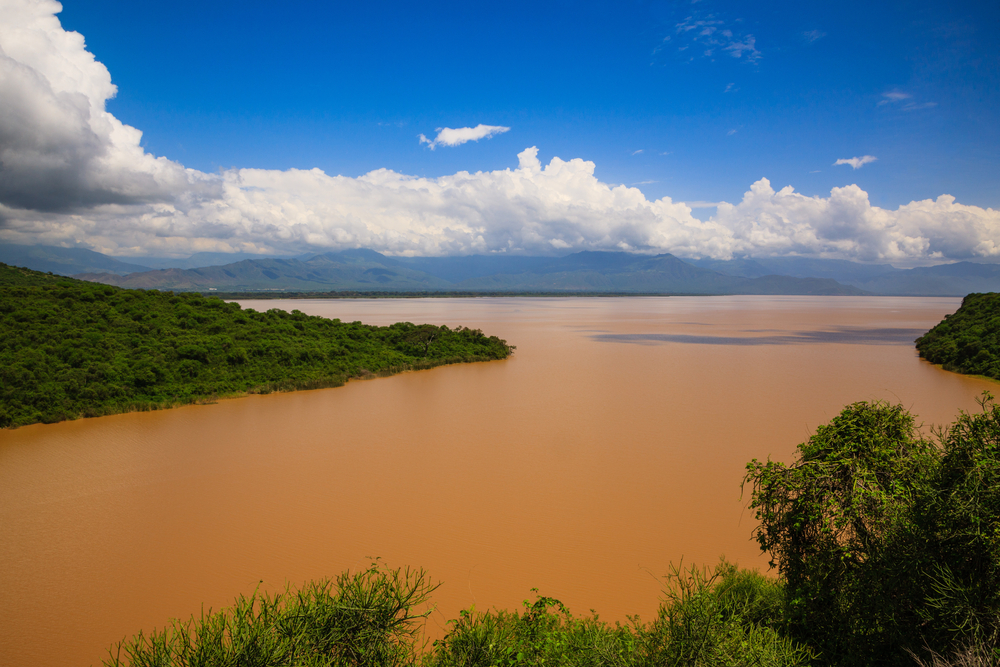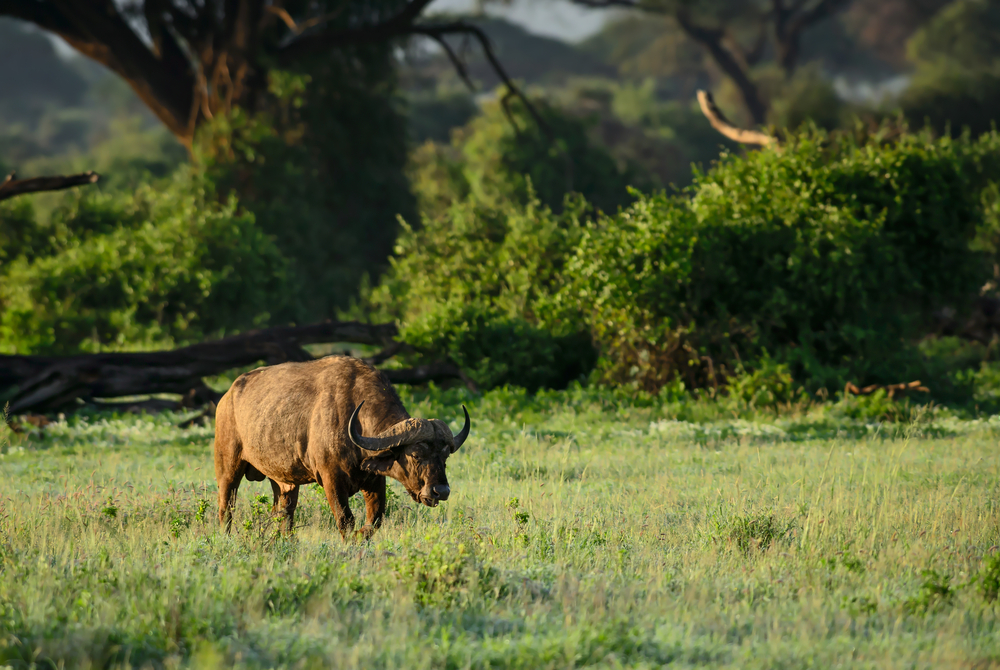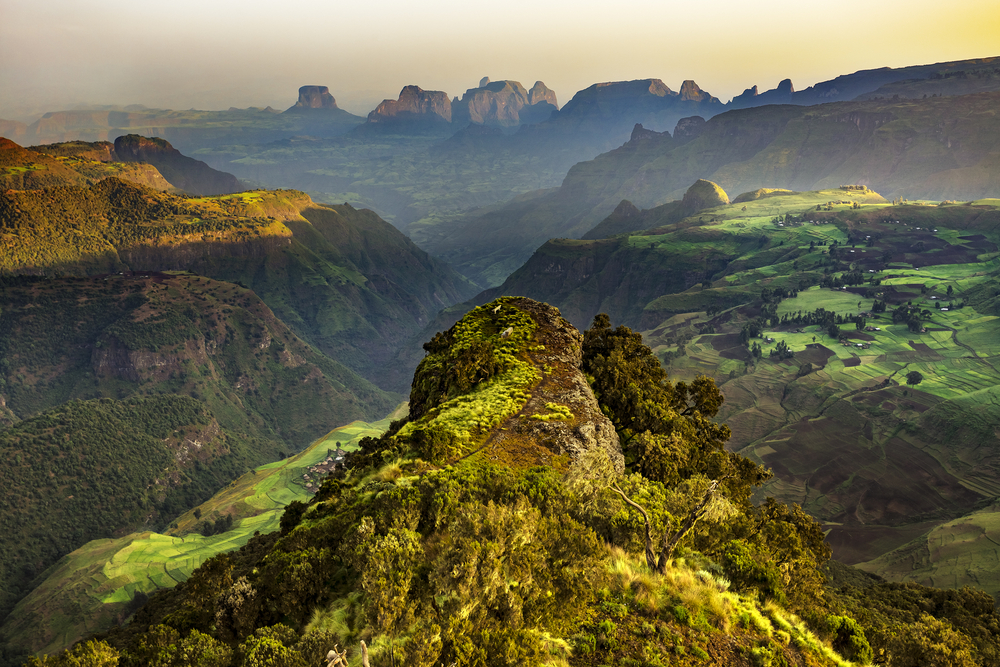Alitash Overview
Alitash National Park, located in Ethiopia’s Amhara Region near the Sudanese border, is a protected area of significant ecological and cultural importance. Locally known as “Alitash Natonal Park”, the park was officially established in 2006 and spans approximately 2,666 square kilometers (1,030 square miles). It forms part of Ethiopia’s broader efforts to conserve its unique biodiversity and protect endangered species while offering a tranquil and remote wilderness experience for visitors.
The terrain of Alitash National Park is diverse, encompassing rugged hills, dry river valleys, and vast lowland plains. The park lies in a semi-arid region, and its vegetation is predominantly composed of savanna woodlands, interspersed with acacia trees, shrubs, and grasslands. Seasonal rivers and small streams flow through the park, creating pockets of greener vegetation during the rainy season and sustaining wildlife during drier periods. The landscape’s dramatic vistas are accentuated by the striking contrast between its arid zones and occasional lush patches.
Alitash National Park is home to a variety of wildlife, including some of Ethiopia’s most iconic species. The park provides habitat for elephants, leopards, and lions, as well as antelopes such as greater kudu and dik-diks. Birdlife is abundant, with species such as secretary birds, Abyssinian ground hornbills, and various raptors often spotted in the area. Reptiles, including monitor lizards and various snake species, thrive in the park’s warm climate. Alitash also serves as an important ecological corridor, connecting wildlife populations across the Ethiopian-Sudanese border.
Visitors to Alitash National Park can explore its natural beauty and wildlife through guided safaris and hiking tours. The park’s open landscapes provide excellent opportunities for wildlife observation and photography, particularly during the early morning and late afternoon when animals are most active. Cultural interactions with nearby communities, including the Gumuz people, offer insights into traditional practices and their sustainable relationship with the environment. However, the park remains relatively undeveloped for tourism, offering a remote and untouched wilderness experience.
Despite its ecological significance, Alitash National Park faces challenges such as poaching, habitat loss, and human-wildlife conflicts. The park’s remote location and limited infrastructure have made enforcement of conservation measures difficult. However, ongoing efforts by the Ethiopian Wildlife Conservation Authority (EWCA) and international partners aim to address these issues through anti-poaching initiatives, habitat restoration, and community engagement programs. Promoting eco-tourism is also seen as a sustainable way to generate income for local communities while supporting conservation.
Alitash National Park is a testament to the natural beauty and biodiversity of Ethiopia’s lowland savannas. Its vast landscapes, diverse wildlife, and cultural significance make it a critical area for conservation and an emerging destination for eco-tourists. By safeguarding Alitash, Ethiopia reinforces its commitment to preserving its unique ecosystems and supporting sustainable development in the region.

